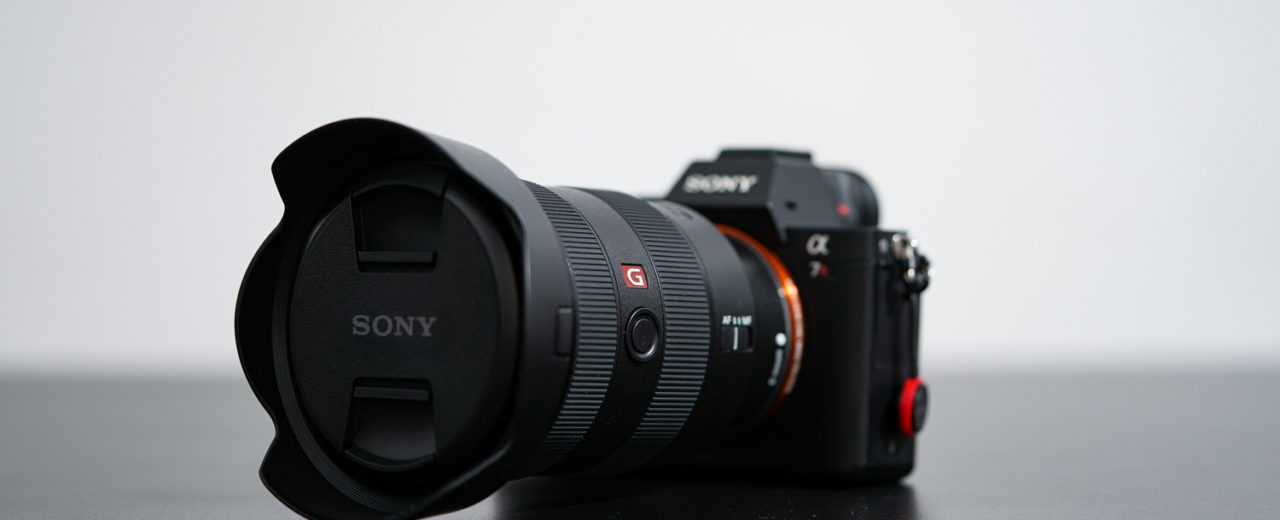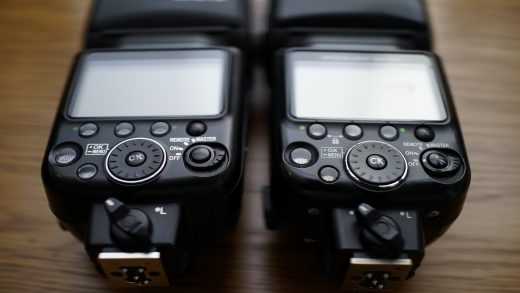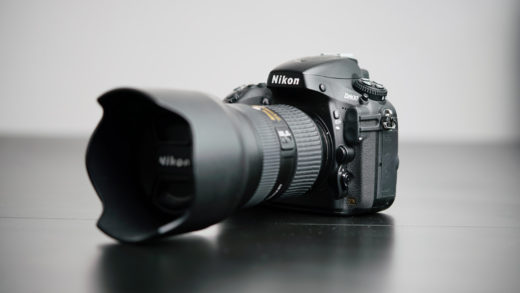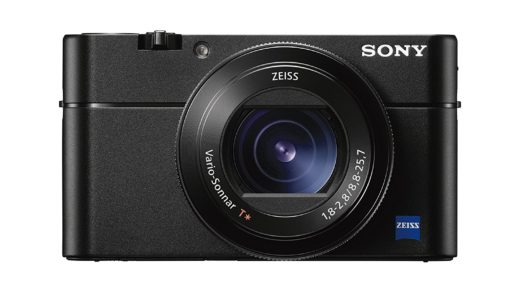Sony 16-35mm f/2.8 GM – Review
Introduction
The Sony 16-35mm f/2.8 GM was announced at the same time as the Sony 12-24mm f/4 G and to be completely honest, the Sony 12-24mm f/4 G is what really tickled my fancy.
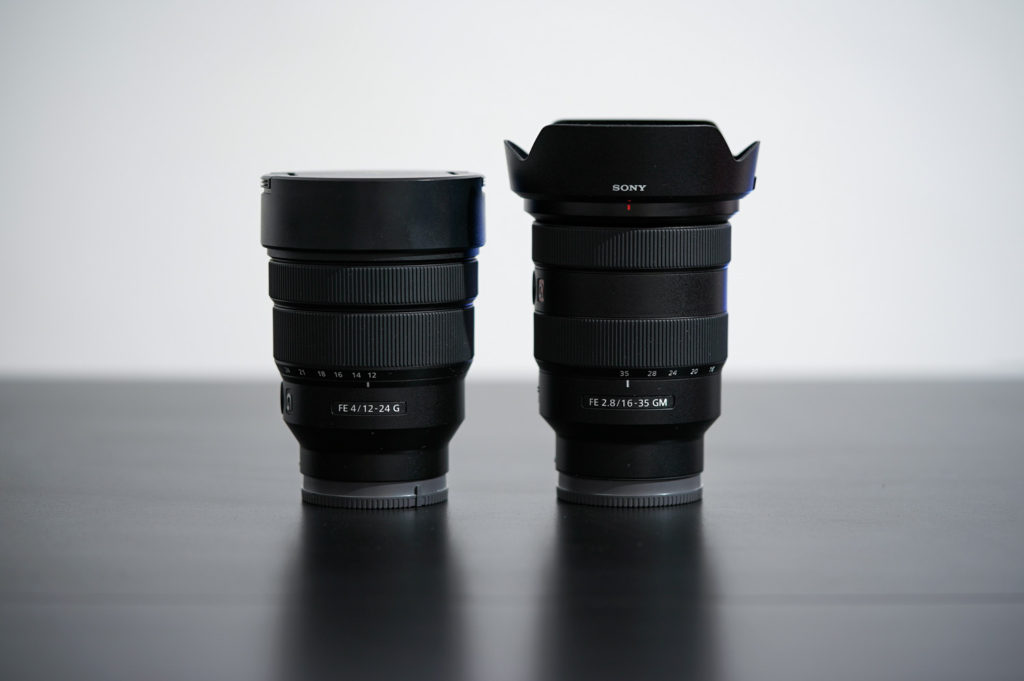
As a full-time real-estate photographer I shoot ultra wide angle everyday, so the extra width is more important to me than a faster aperture as I am generally stopped down to f/7.1-f/11.
The price of both lenses are high; as most Sony FE lenses are. But are they worth the price? That is the big question…
The following review will not be the most scientific as I prefer to discuss my experiences more candidly.
So without further ado, let’s get to it!
Build Quality
The lens is build quality is excellent. As with all G Master lenses, it has a matte black finish which is comfortable to hold. It’s pretty thick, but the most surprising thing is how light it is.
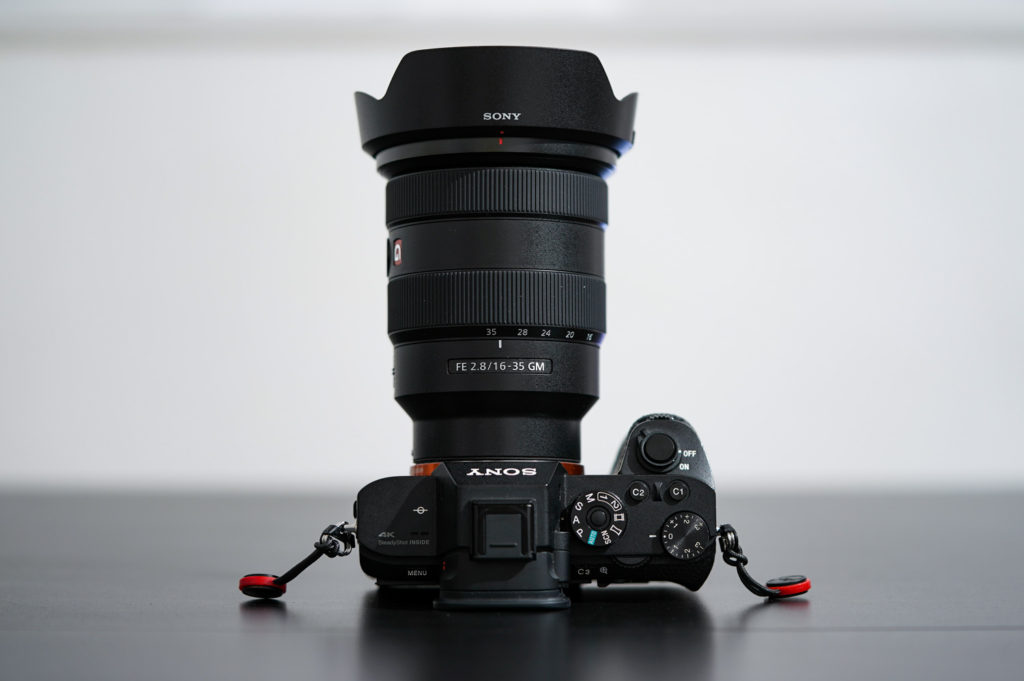
Weighing in at 680g, its incredibly light for its size. This is probably the first lens where I felt the whole “Go Mirrorless to save size and weight” actually applies. Every other Sony lens which has a fast aperture has generally been big and heavy (with a few notable exceptions such as 55mm f/1,8, 35mm f/2.8 and 28mm f/2).
The lens has a focus-by-wire system which I have found to be much improved over previous focus-by-wire systems, However, focussing on an ultrawide lens is generally easy to begin with and is very forgiving.
Image Quality
The image quality for this lens is simply stunning. Very sharp across the frame and the only time I can say I have been really impressed with IQ is with Sigma Art 35mm and 50mm f/1.4 and more recently Sony 90mm f/2.8G Macro. Of course the Zeiss Otus line is amazing but this is another league so not worth focusing too much on.
But back to Sony 16-35mm f/2,8; the lens did impress me.
As with all ultra wide angle lenses, it does suffer from some barrel distortion at its widest 16mm focal length.
These days barrel/pin-cushion distortion is easily correctable in post via lens correction profile or manually changing it and I have found it to be a simple fix.
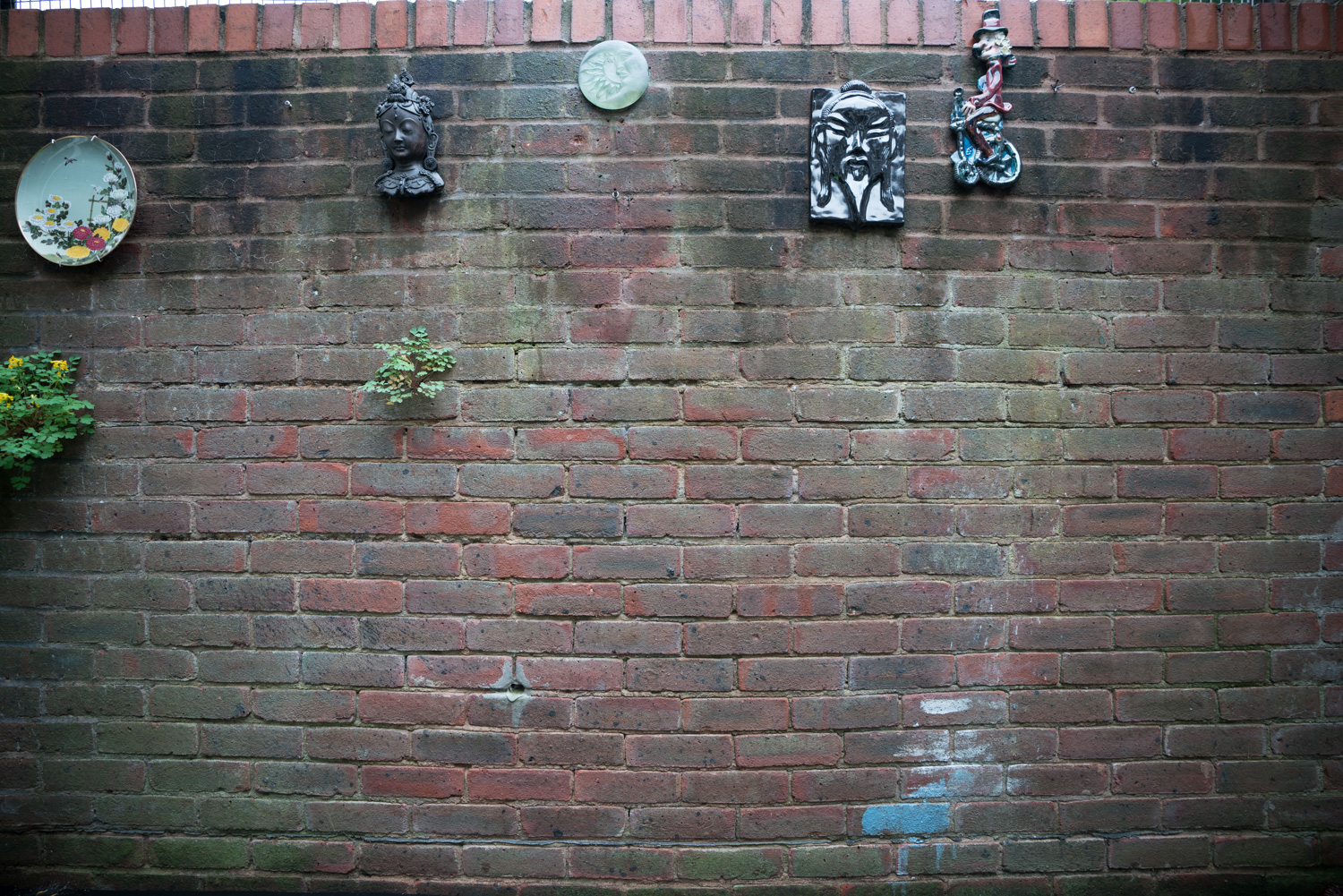
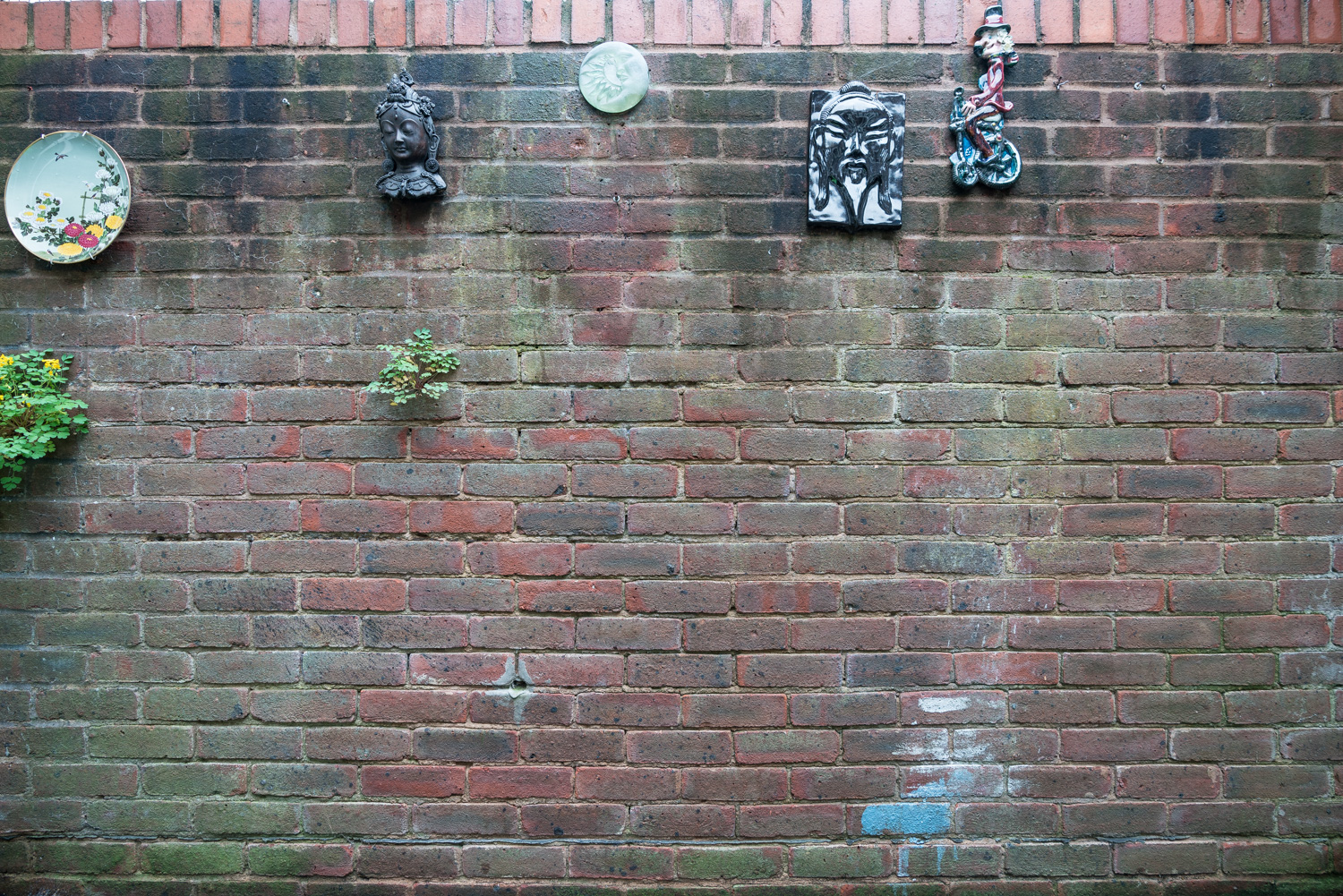
Barrel Distortion @ 16mm
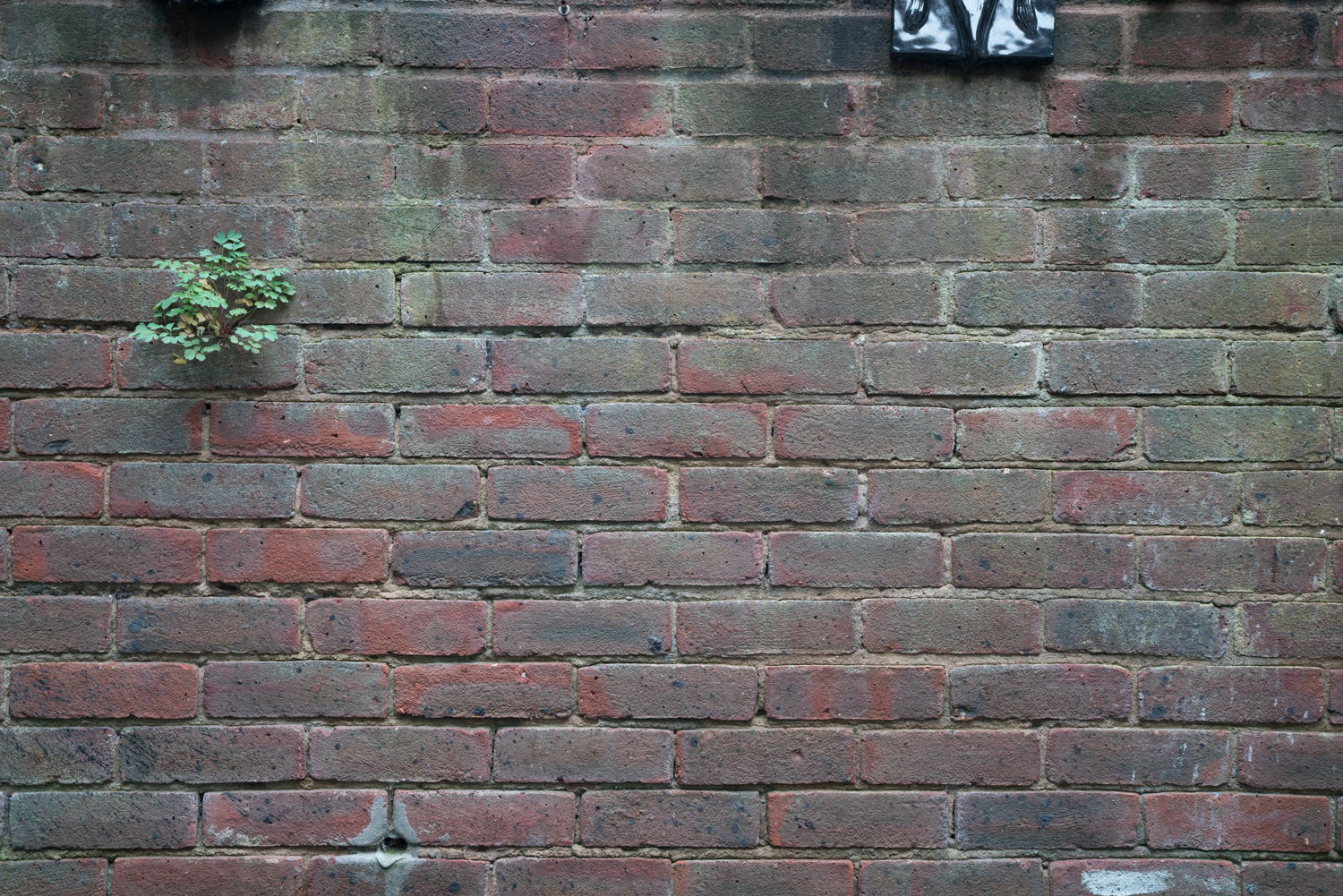
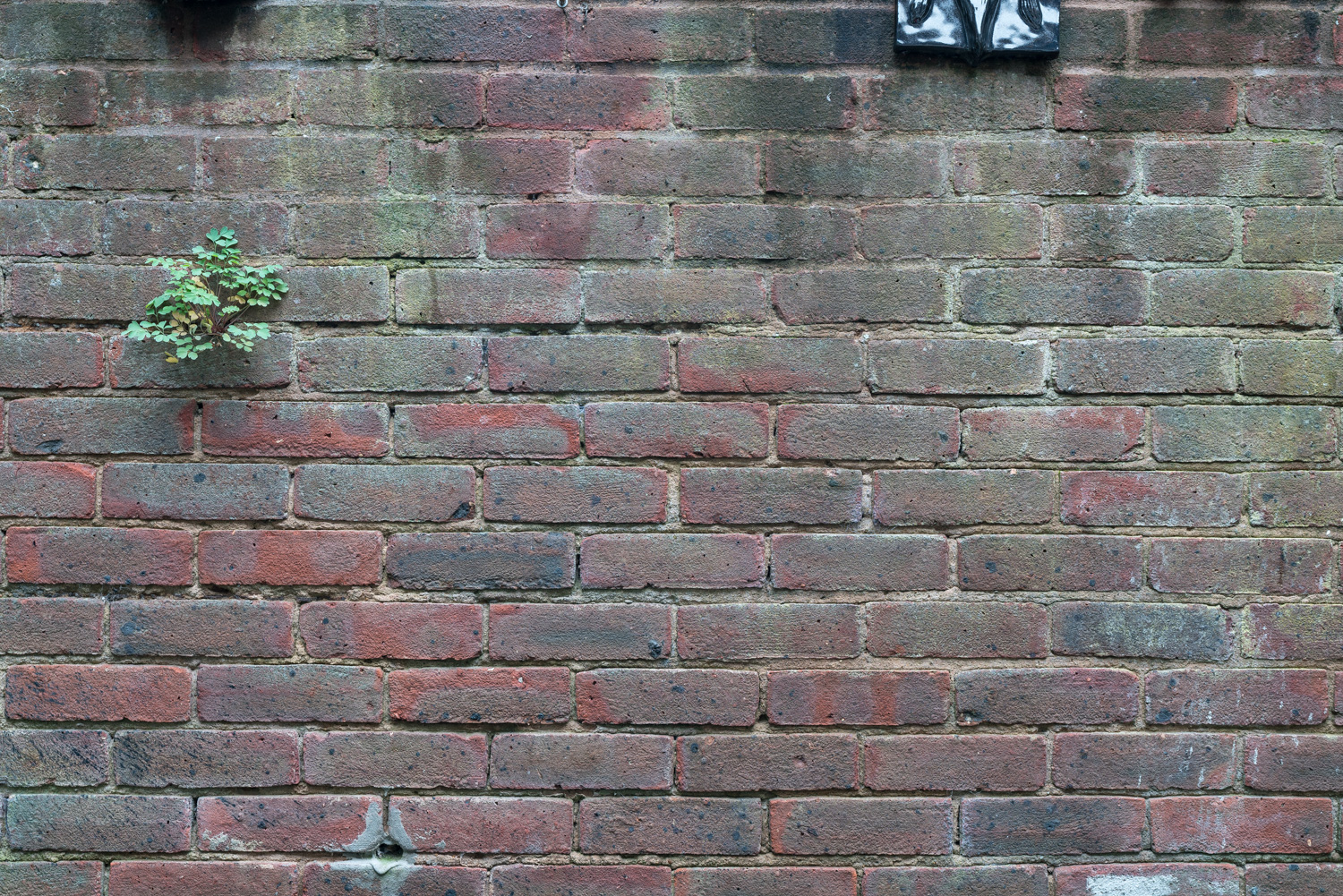
Pincushion Distortion @ 35mm
Vignetting is also significant at f/2.8. It basically clears up a lot by f/8 but has significant improvement from f/5.6.
Corner sharpness on the copy I had was excellent on the left side, however on the right side it seemed a little soft. If it’s a situation that I received a de-centred copy, then it could just be seriously unlucky or it speaks to Sony’s level of quality control. However the copy I had was a loaner so if I do choose to buy this lens one day, I will be sure to inspect right side corners for any issues.
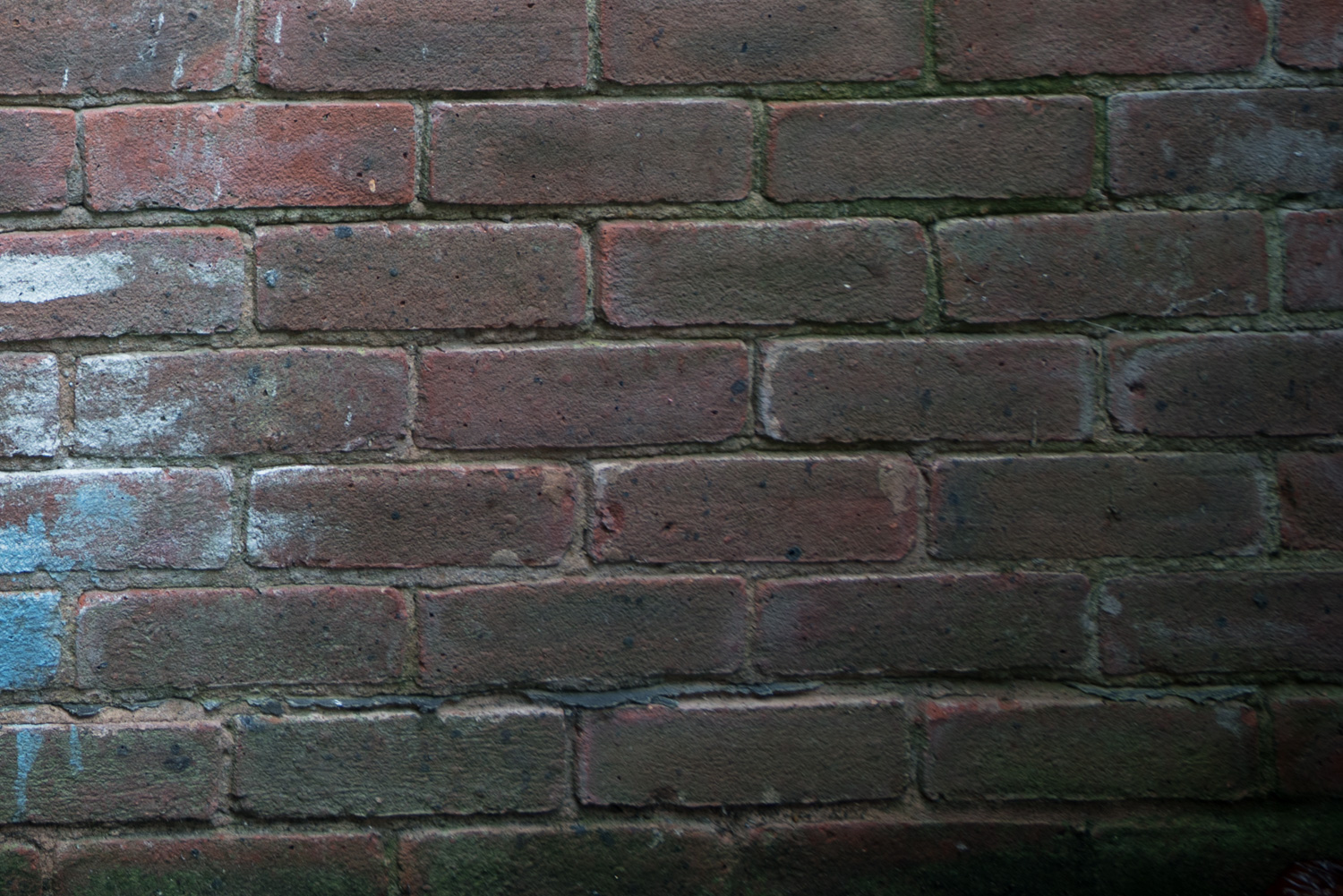
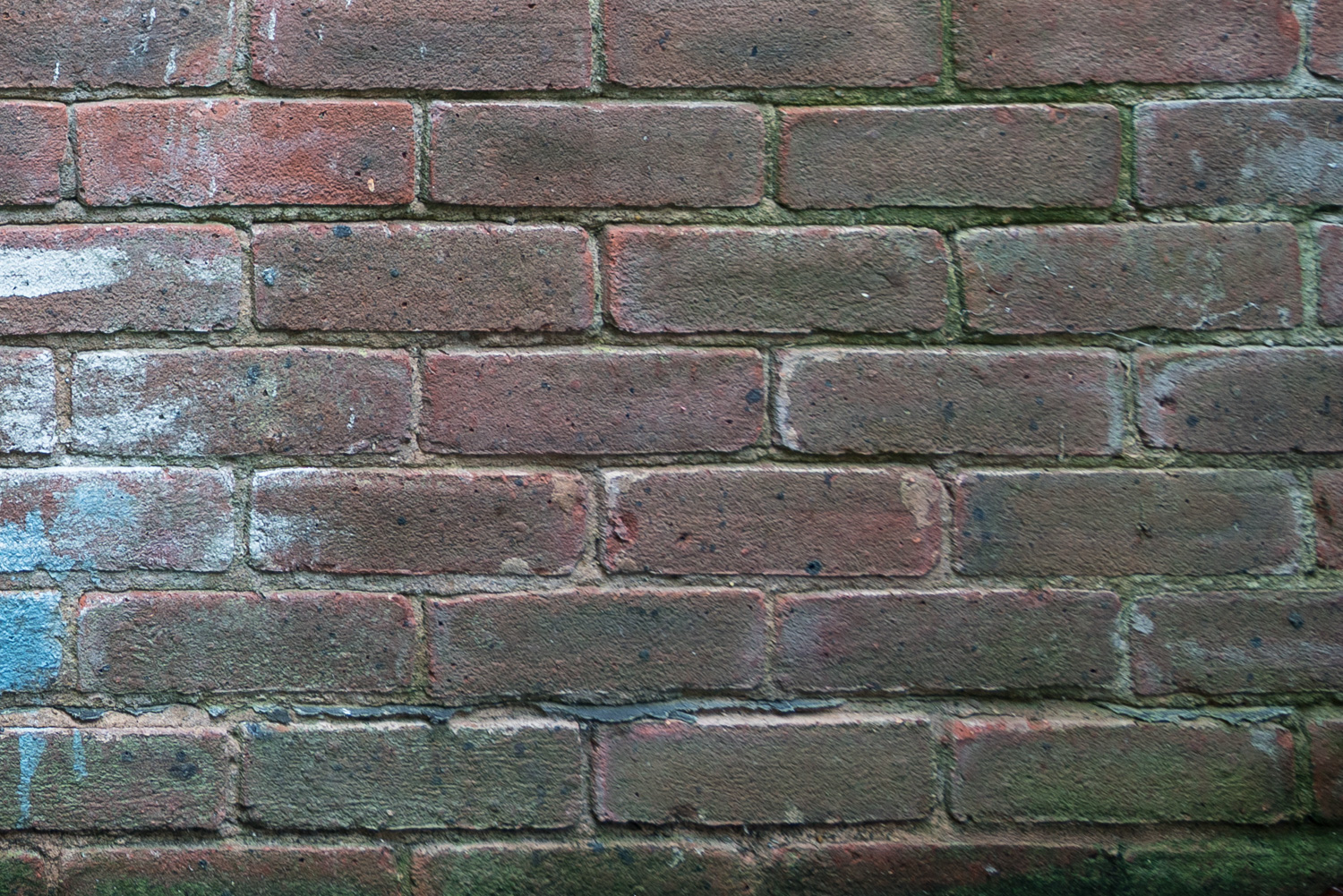
Bottom Left Corner 1:1 @16mm, f2/.8
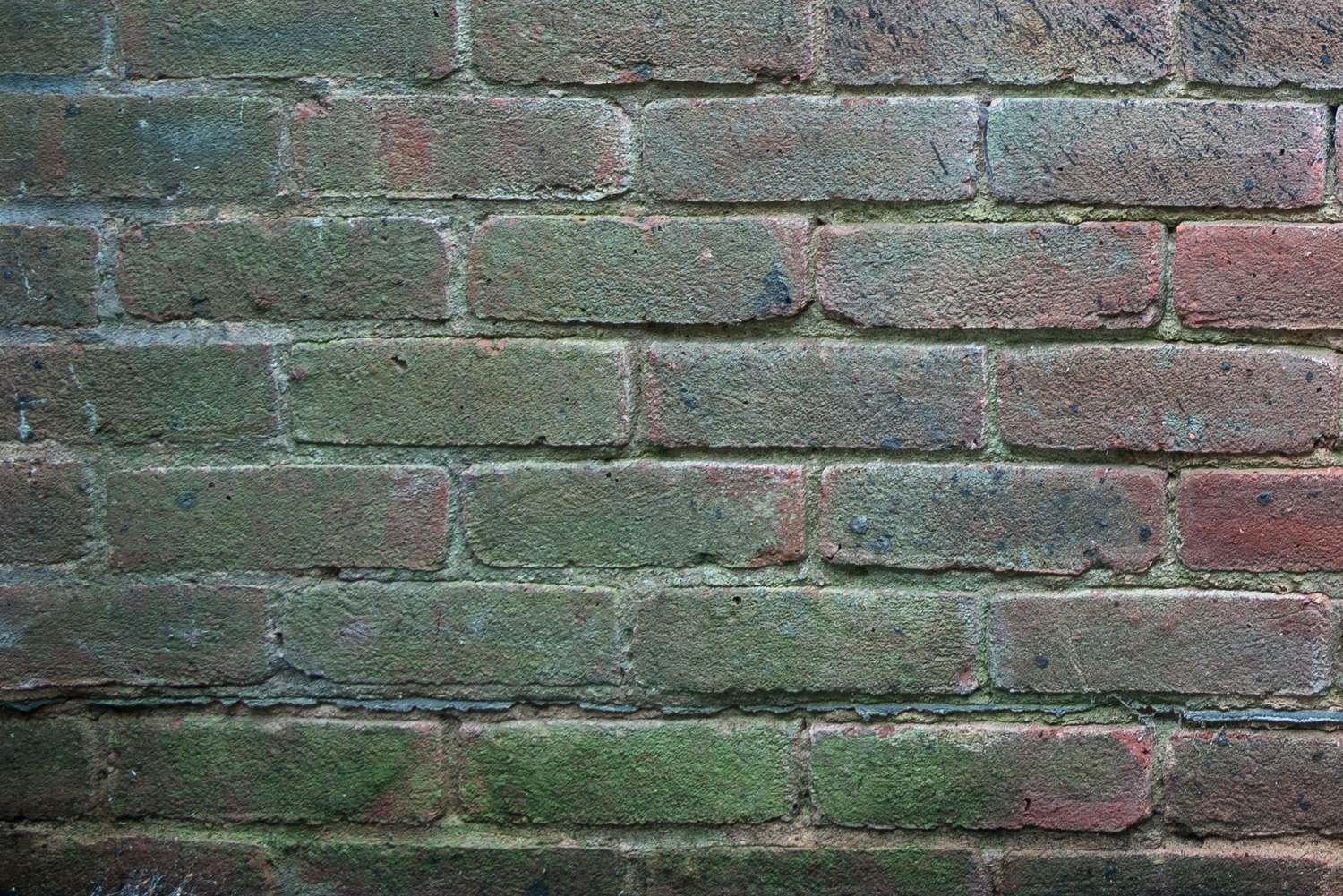
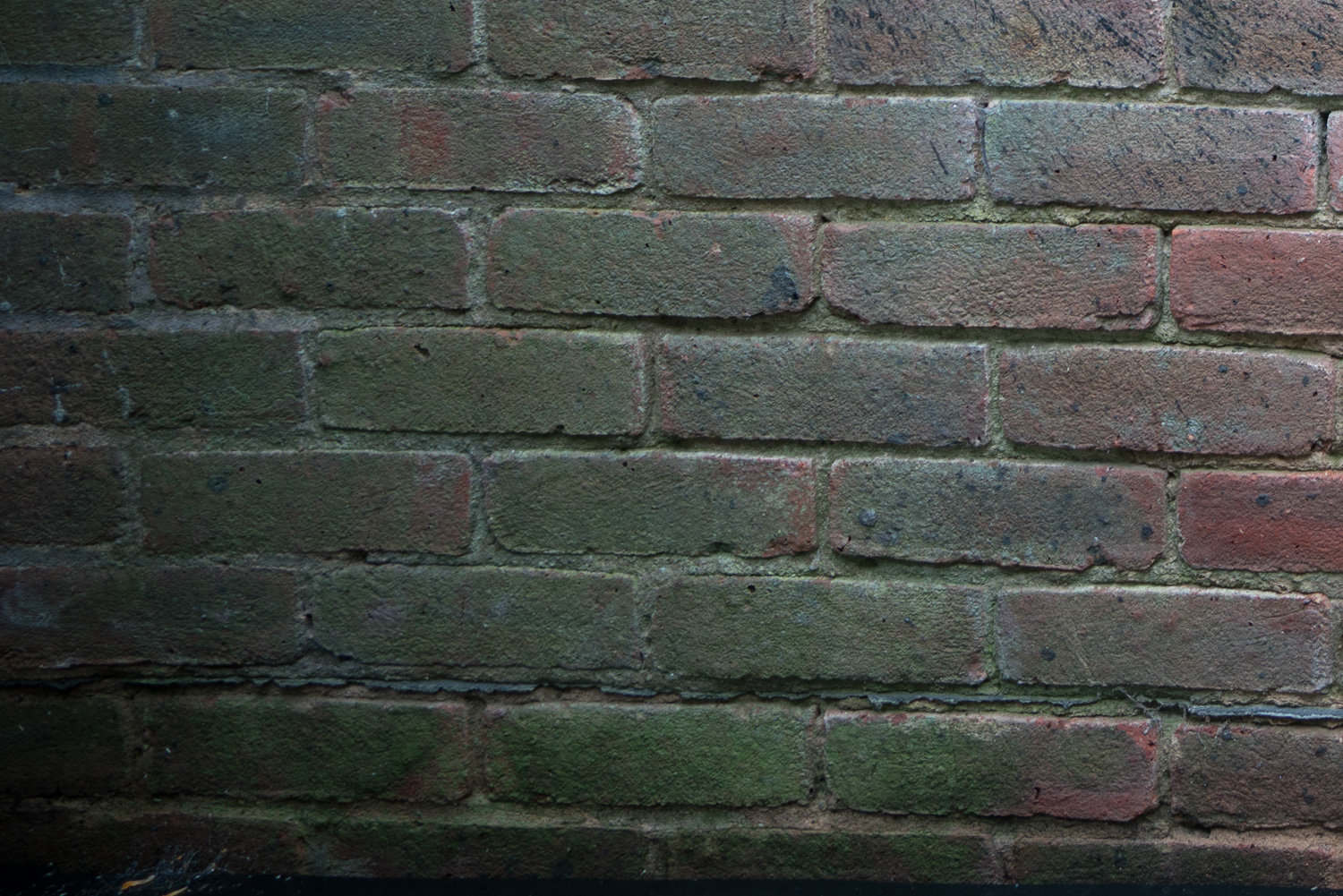
Bottom Right Corner 1:1 @16mm f/2.8
As before, these issues are mostly gone with a simple click of “Lens Correction Profile” within Lightroom.
Competition
The Sony FE line of lenses has grown massively over the years and now Sony have a few offerings for ultra wide. The main competitors I feel that most people will be considering now is the Sony 12-24mm f/4 G or Sony Zeiss 16-35mm f/4.
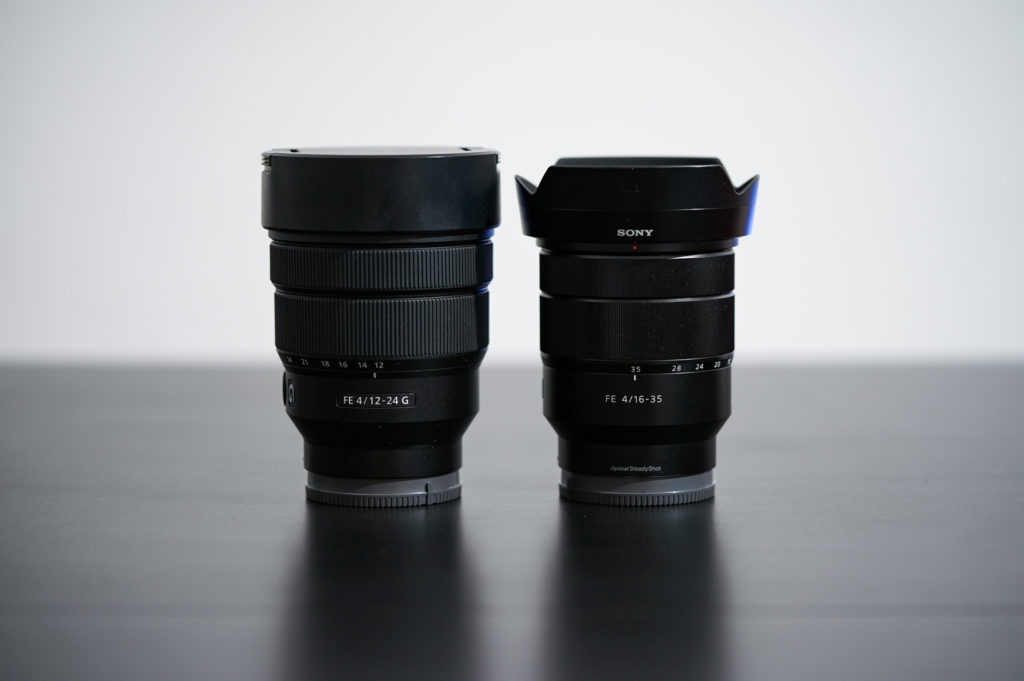
I won’t be discussing any option which requires adapting as this discussion will become extremely long and I personally will be avoiding adapting lenses completely.
So to compare to the Sony Zeiss 16-35mm f/4 FE OSS is the better comparison as their focal ranges match exactly. With the aperture of f/4 vs. F/2.8 being the key difference on paper, you just have to simply ask yourself “Do you need the extra light”. My style when shooting wide angle I’m generally stopped down, so for landscapes and architecture so for me f/2.8 isn’t important.
Usually lenses are designed with a small aperture to keep the size of the lenses down, so I believe the f/4 was released when the whole mirrorless for size/weight was a big thing. However with the new f/2.8 GM being so light, this point is redundant. However it still is a ‘bigger’ lens.
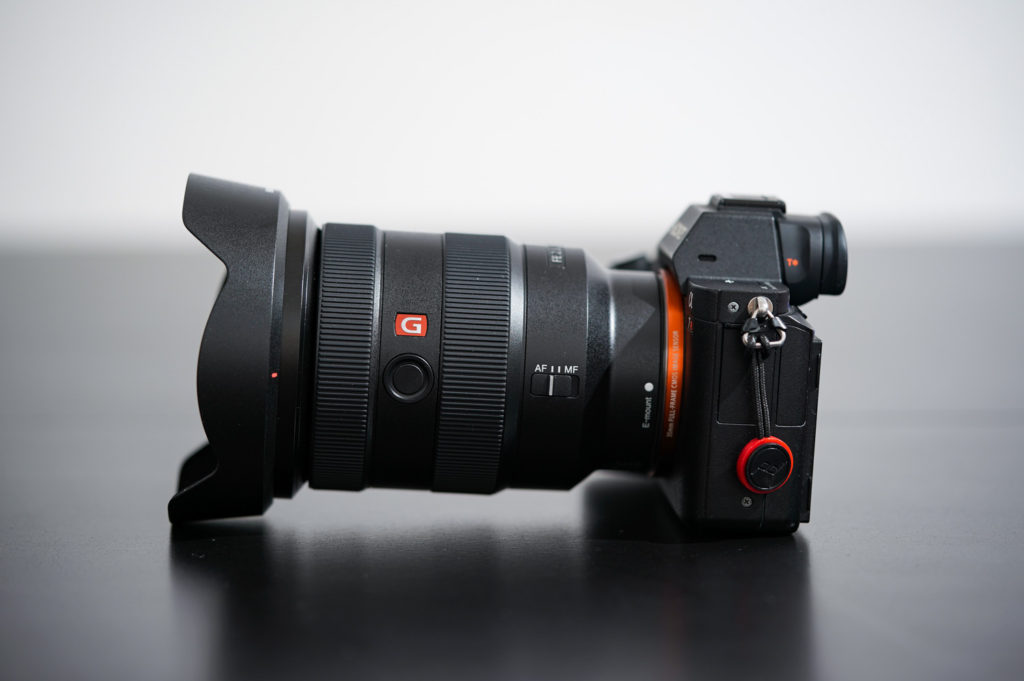
I do very occasionally shooting Astrophotography and that is where f/2.8 is essential! Unfortunately I didn’t get an opportunity to test this lens in an astrophotography shoot due to weather conditions, but lets hope I can update this review soon.
The bigger competition for this lens is the Sony 12-24mm f/4 G as they were announced at the same time and offer different benefits.
With the 12-24mm going wider and the 16-35mm being faster; I believe this is the harder debate. Between the Sony Zeiss 16-35mm and Sony 16-35mm f/2.8 GM its simply down to what you can afford. But with the Sony 12-24mm f/4 G vs. Sony 16-35mm f/2.8 GM, this is where it may trouble some people.
Both lenses are sharp; they simply just offer different strengths which is a personal decision to which way you’re swaying.
As before, my preference would be for a wider angle over a faster aperture as 12mm vs 16mm is pretty significant.
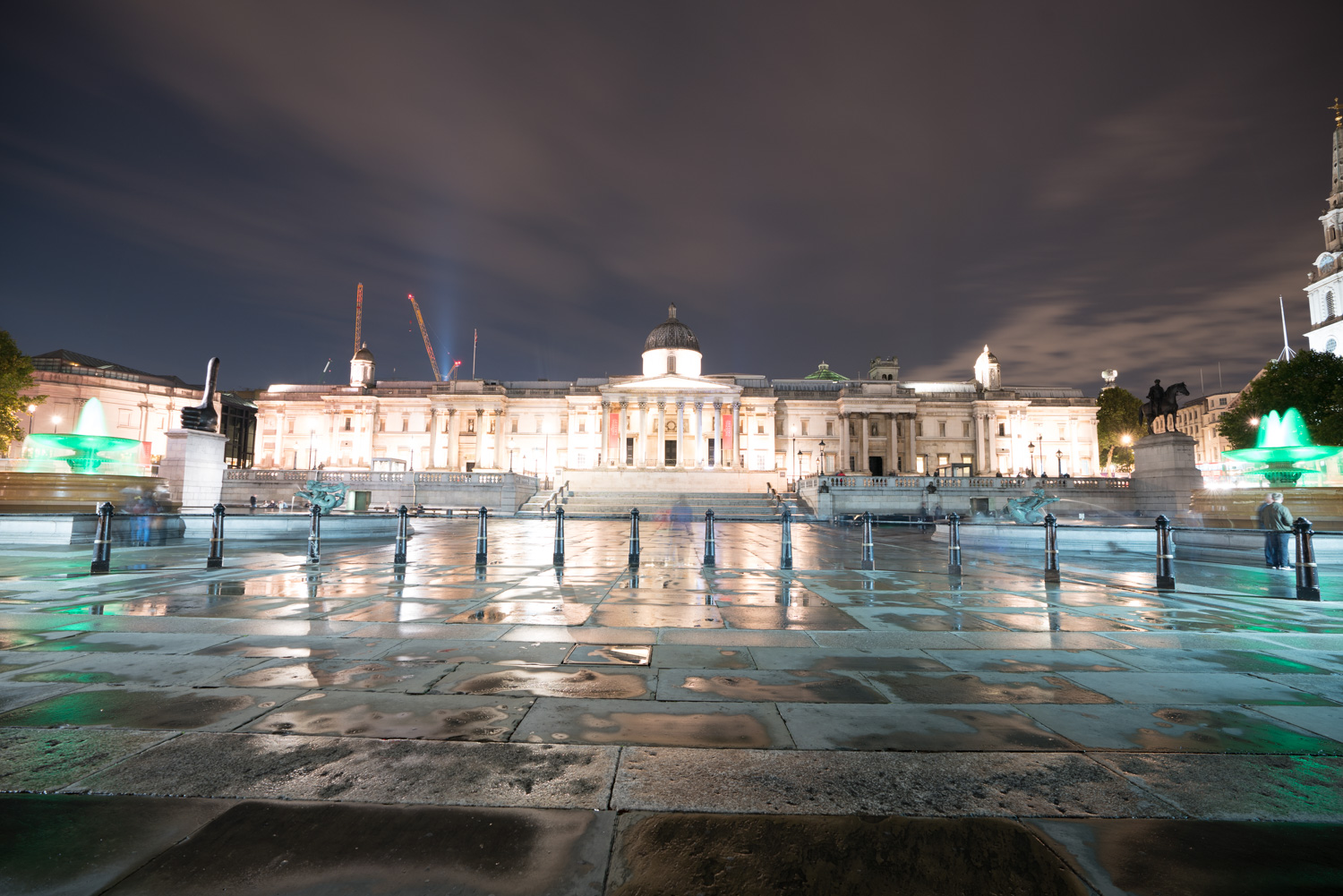
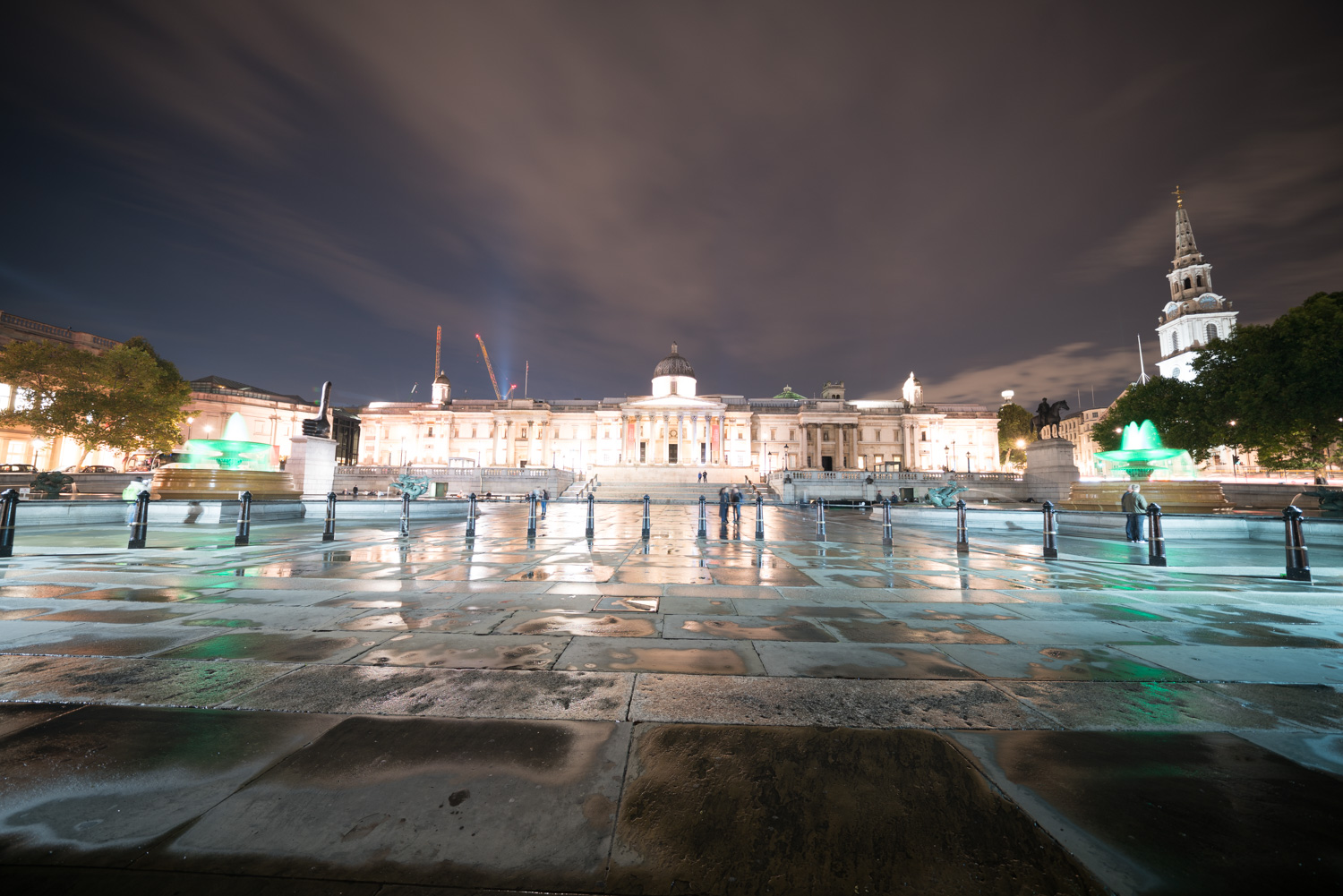
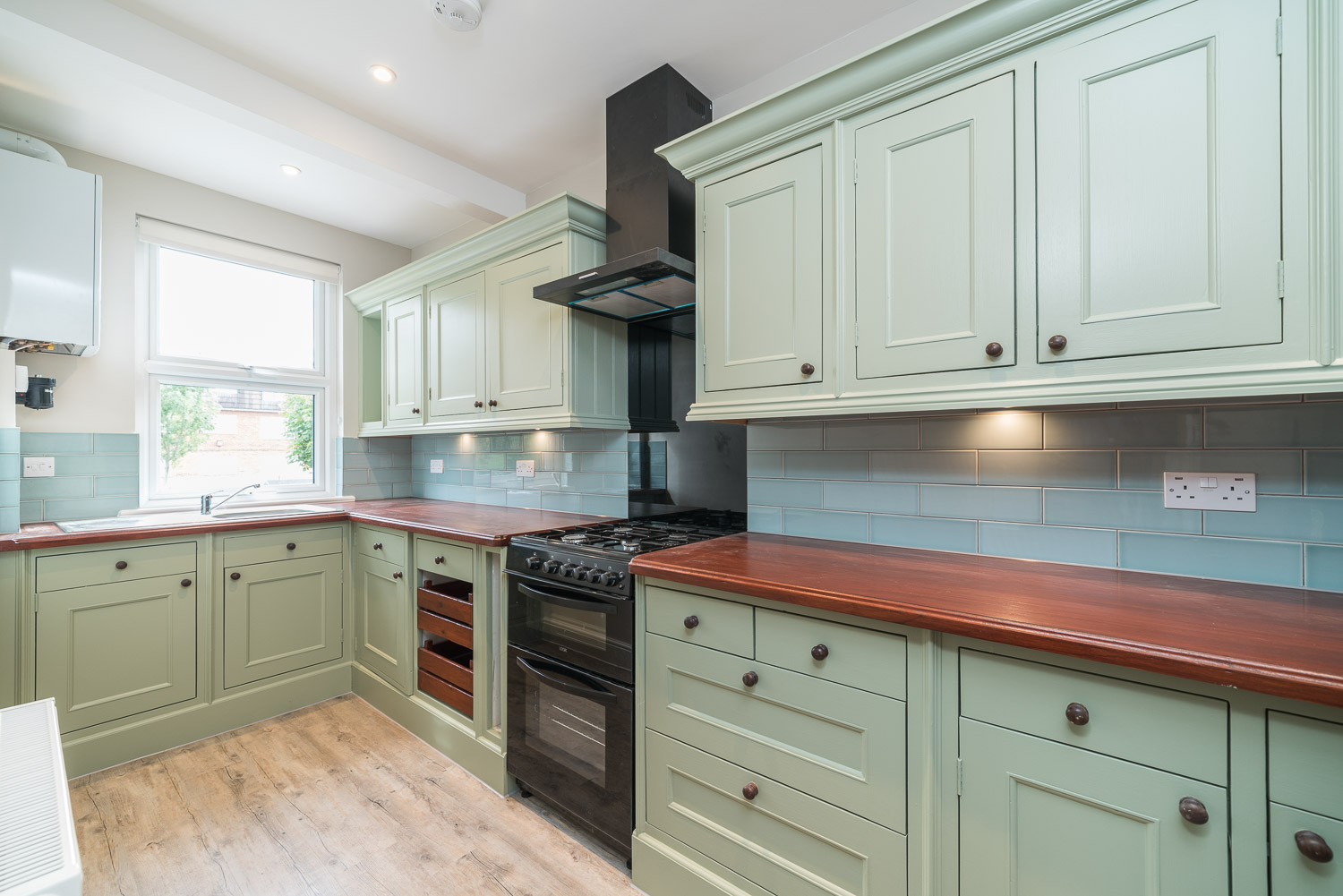
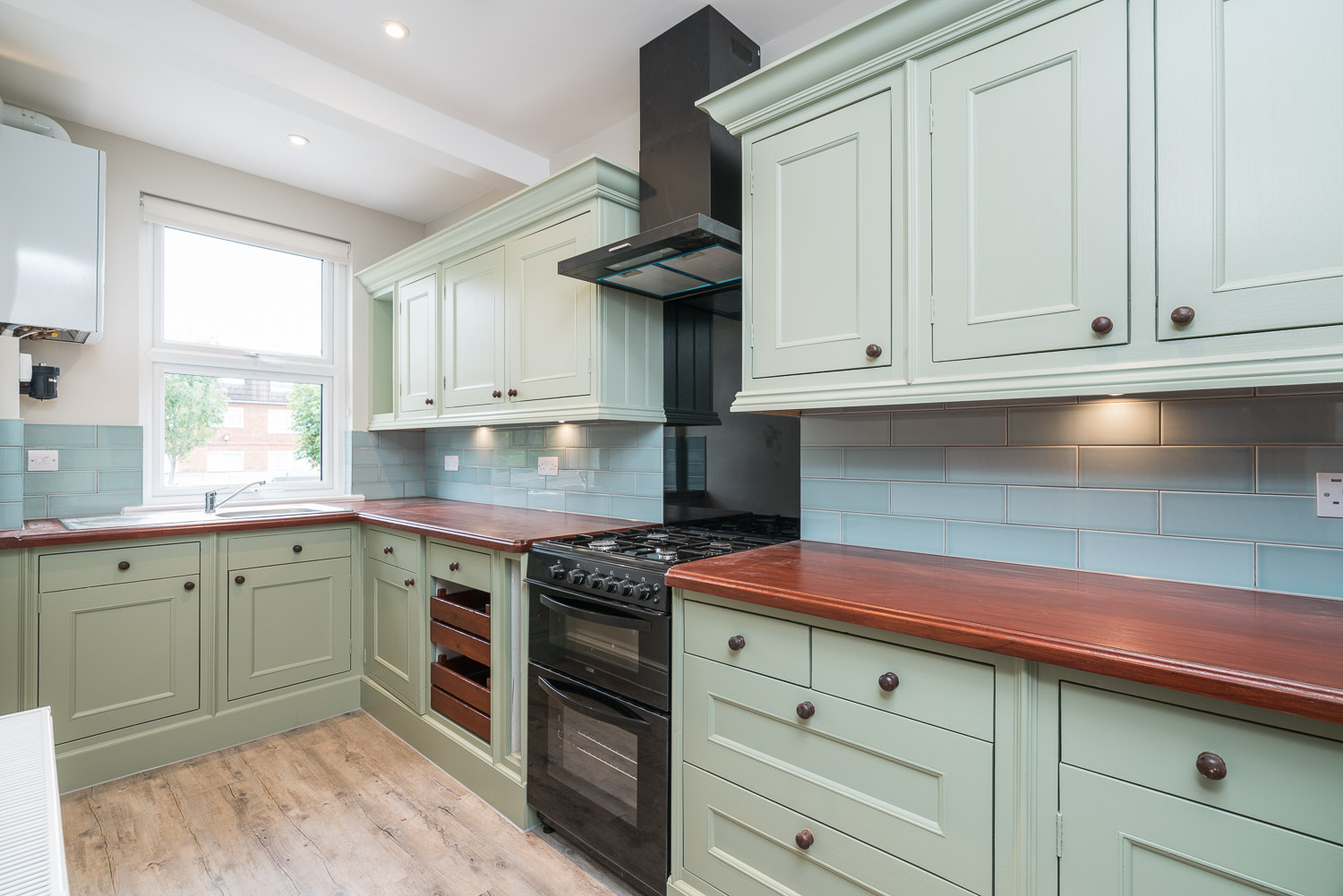
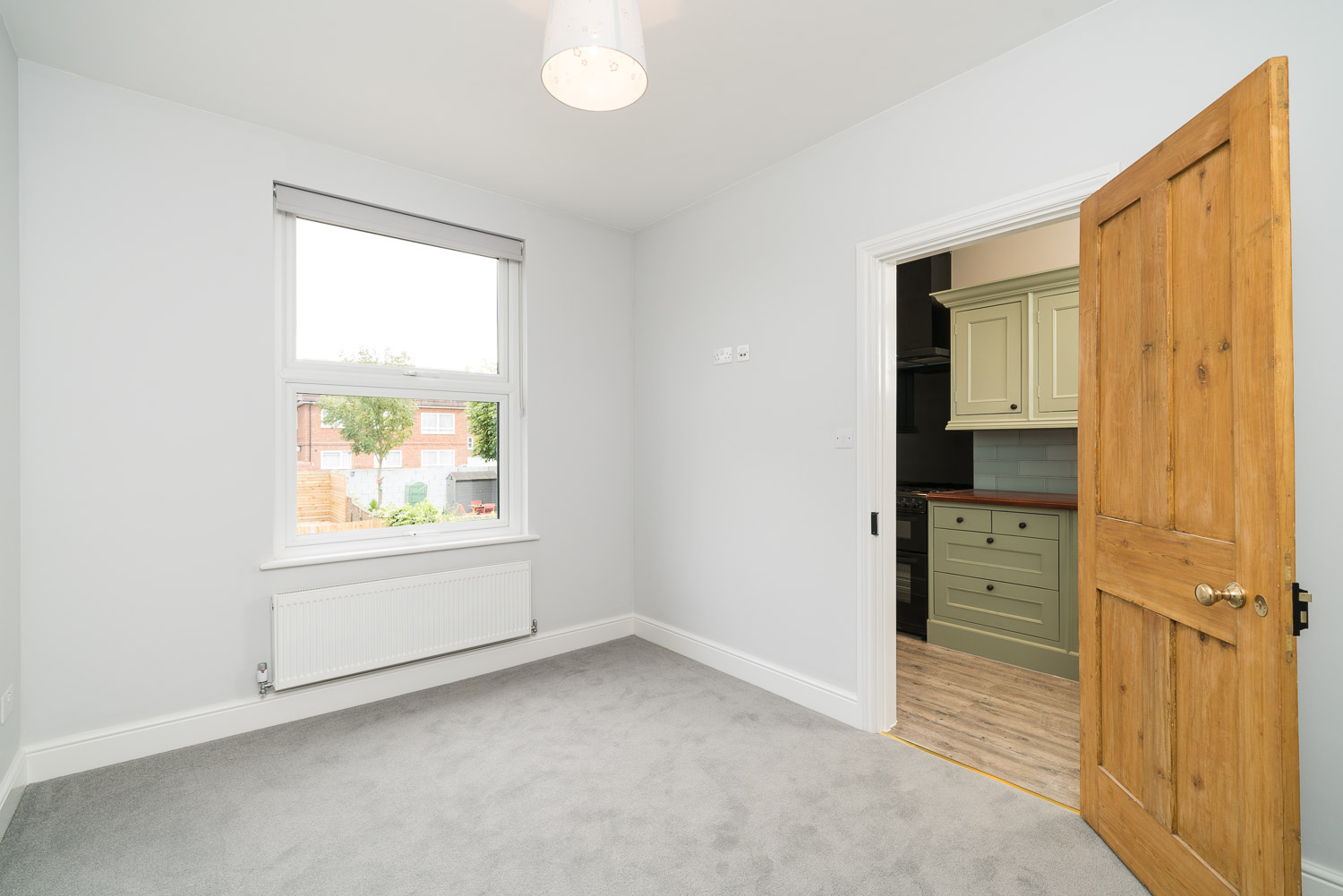
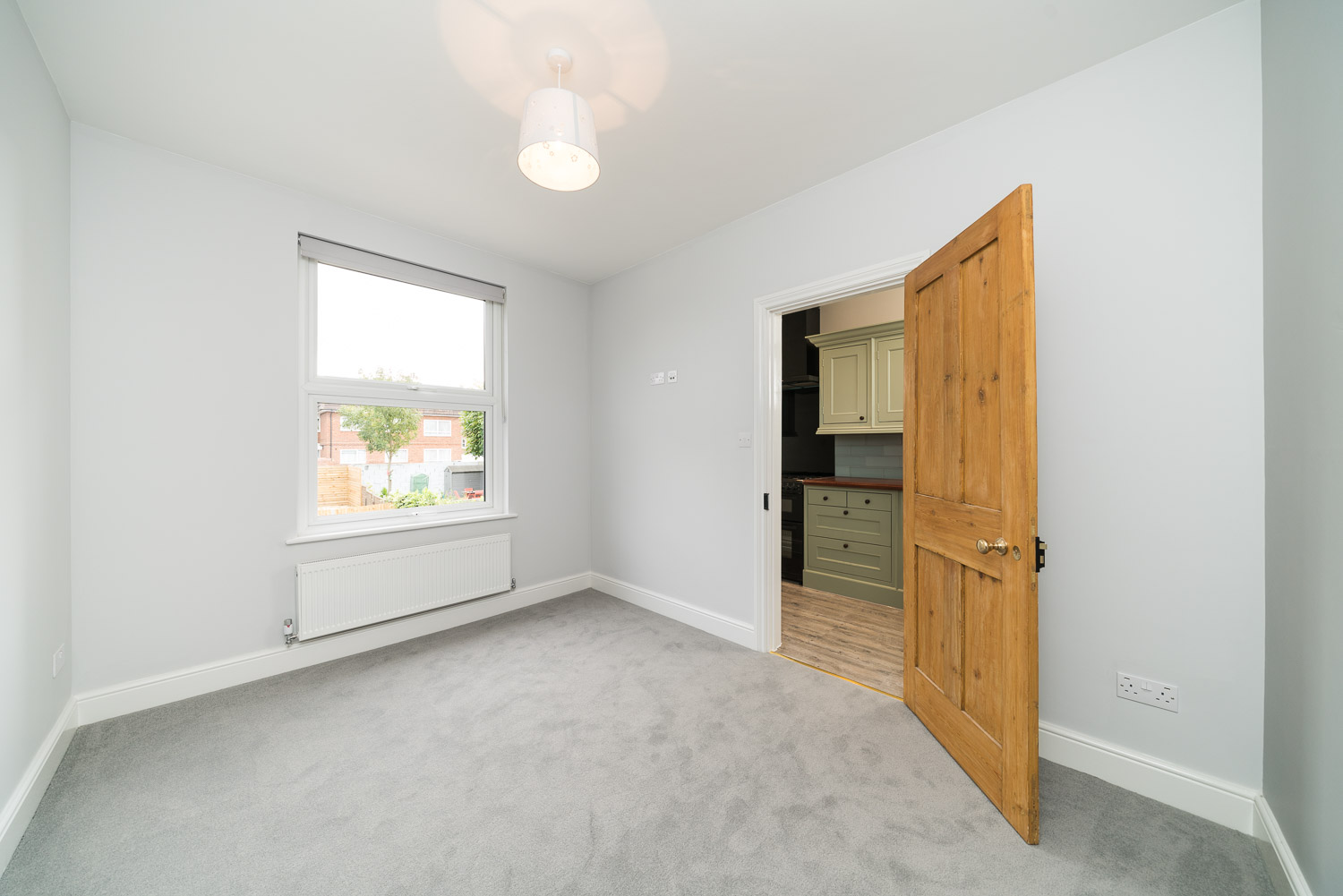
f/2.8 vs. f/4 for me is only beneficial for Astrophotography. This boils down to shooting style and preference of course as it’s always beneficial for option to have more light, however when I shoot ultra wide, I’m generally on a tripod and stopped down. If you are looking for a holiday lens and intend on hand holding, f/2.8 may be slightly more beneficial. In the same regard, if you’re the type of photographer who is spending a lot of money for an f/2.8 and intending on using this as your holiday lens, I’m pretty sure you’re also the type to bring a tripod!
With regards to actual image quality comparison between 12-24mm f/4 vs. 16-35mm f/2.8 GM, I have found the centre sharpness to be extremely comparable. But I would give it to the G-Master in terms of sharpness. Likewise the corner sharpness is actually significantly better on the G-Master when shooting at 16mm f/4.
However, the distortion on the G-Master is far worse! G-Master exhibits extreme barrel distortion whereas 12-24mm f/4 is slightly pincushion distortion at 16mm.
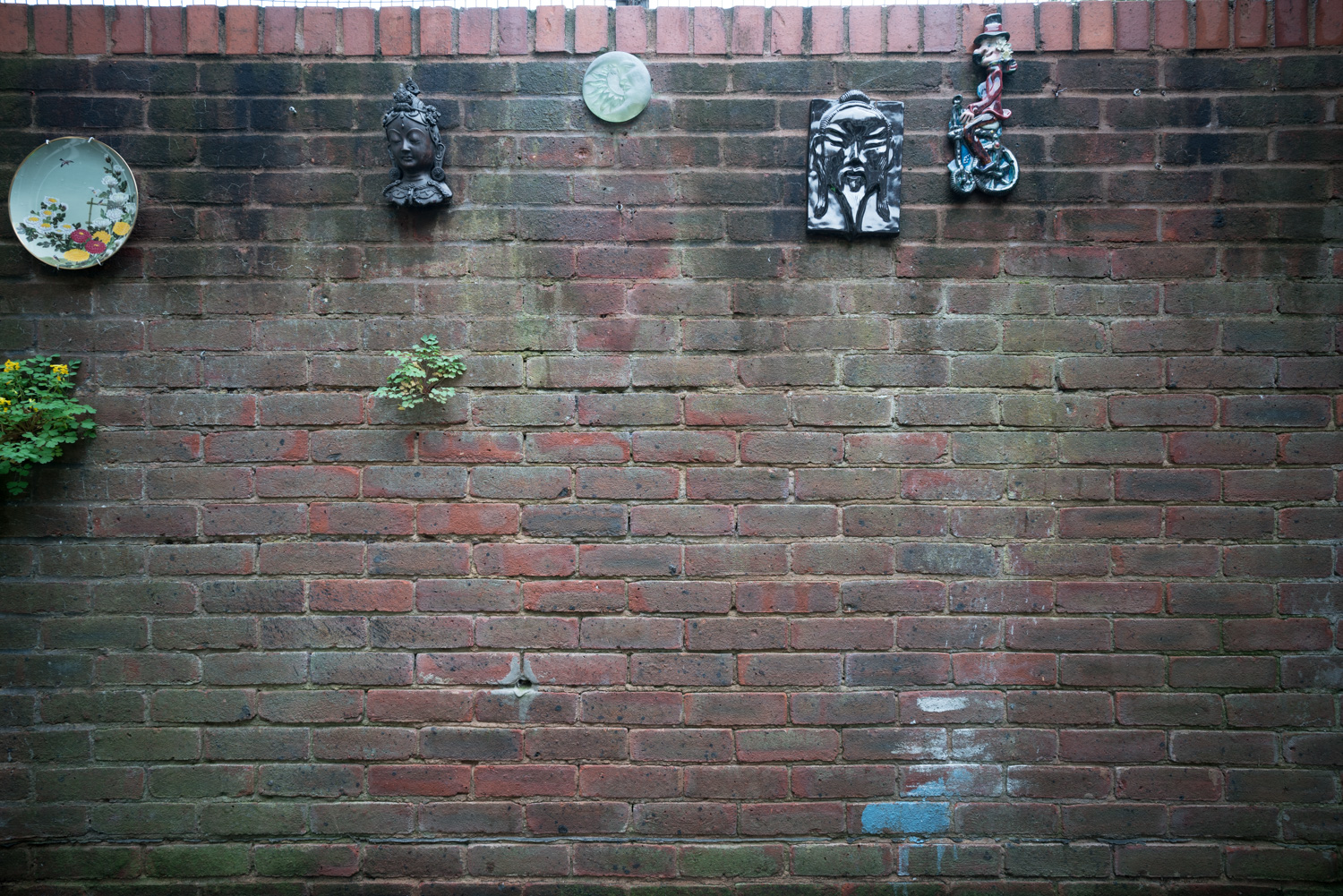
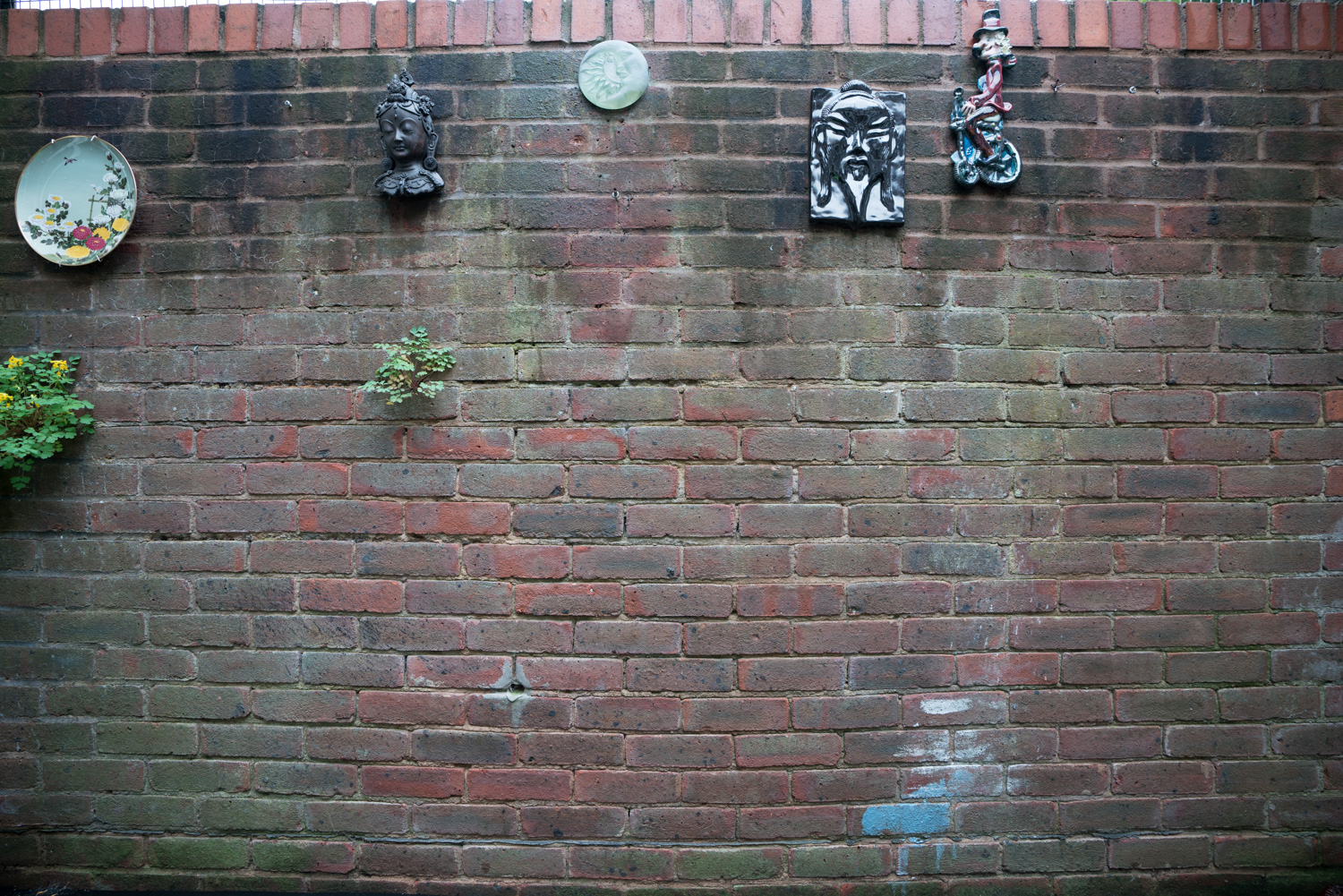
At 24mm however, things change slightly and quite predictably, the 16-35mm f/2.8 GM starts to excel over the Sony 12-24mm f/4 G signicantly. Vignetting and Sharpness are excellent on the 16-35mm f/2.8 GM.
However, at this points of 16mm-24mm are the only real comparison points between these two lenses.
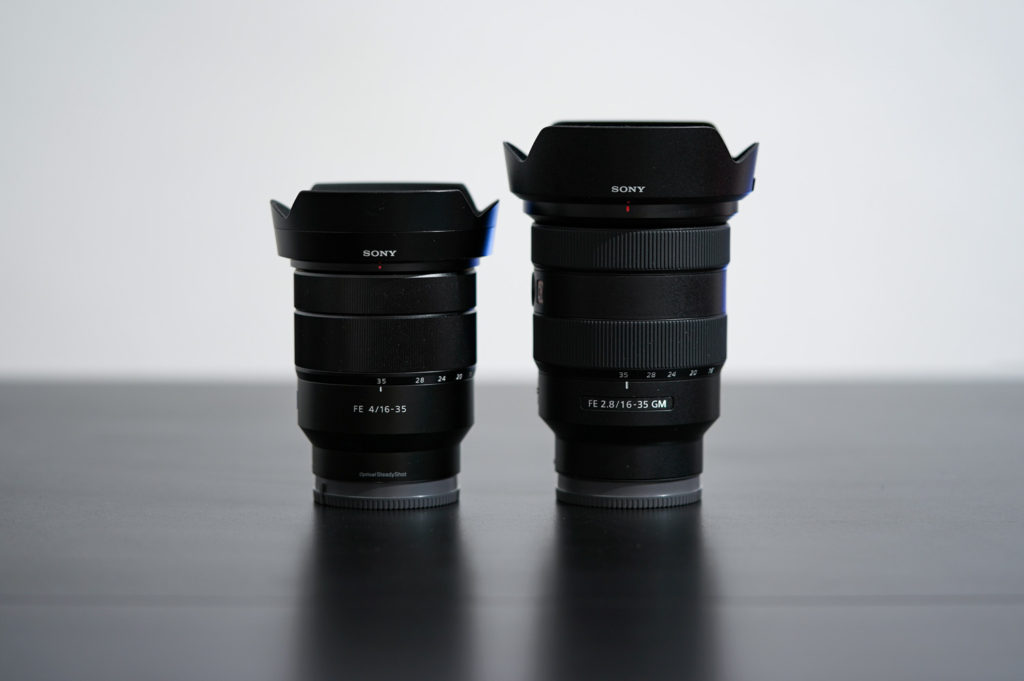
I still consider the 12-24mm f/4 G to be the only real competitor, however if you wanted to compare it to the Zeiss 16-35mmm f/4 FE as they match exactly with regards to focal length, then below are the comparisons with some 1:1 crops for centre and corner sharpness.
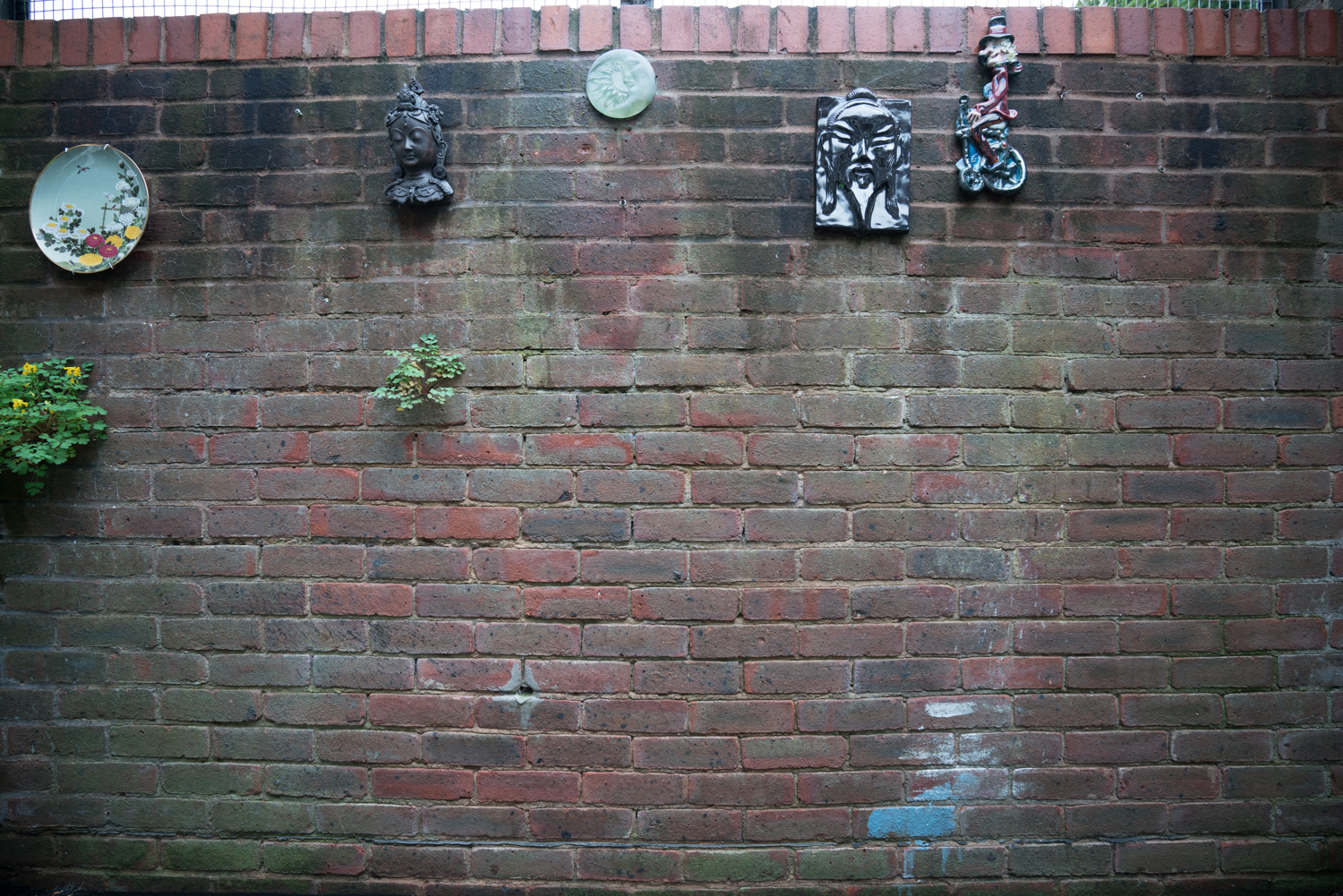
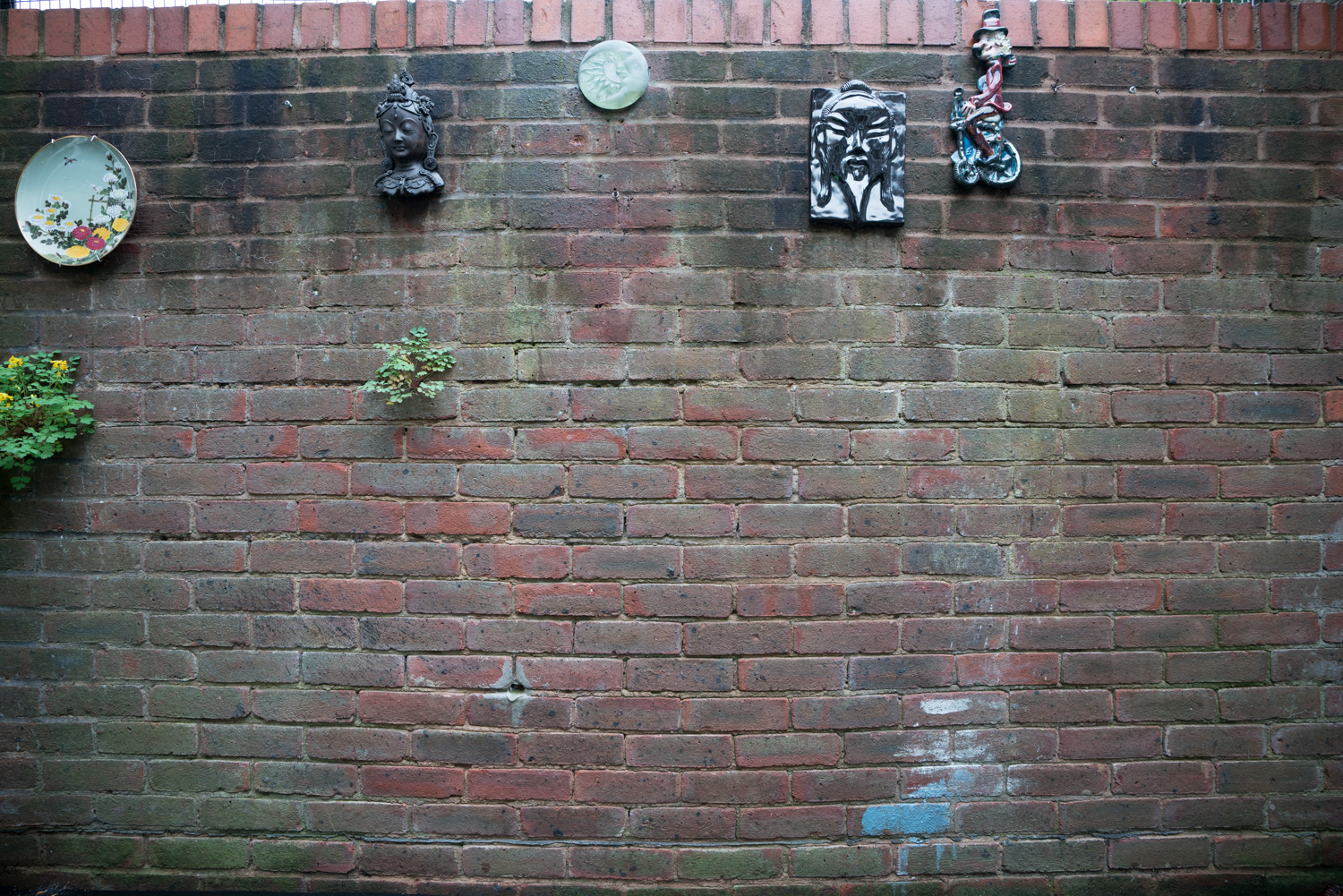
Sony Zeiss 16-35mm f/4 FE OSS (Left), Sony 16-35mm f/2.8 GM (Right)
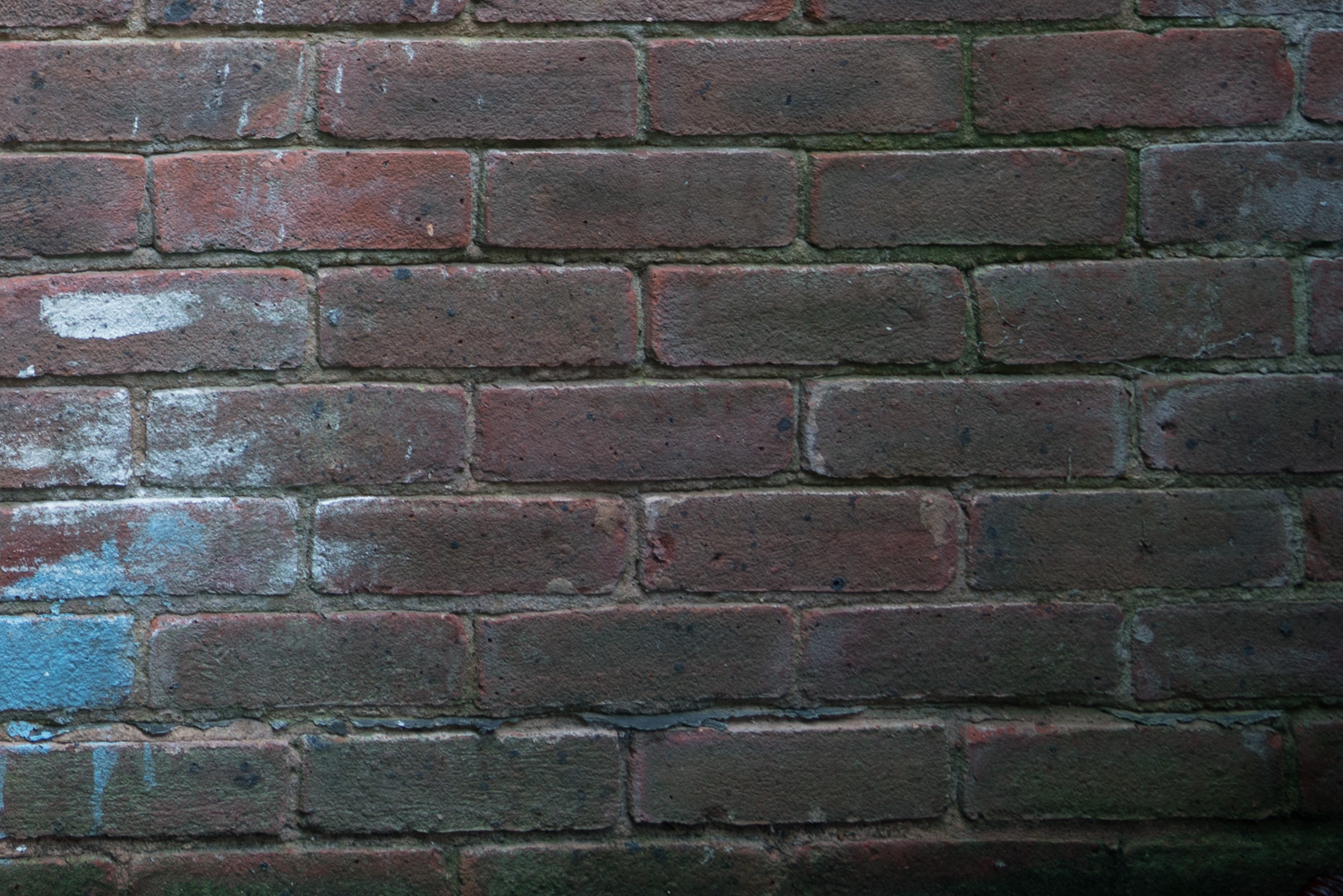
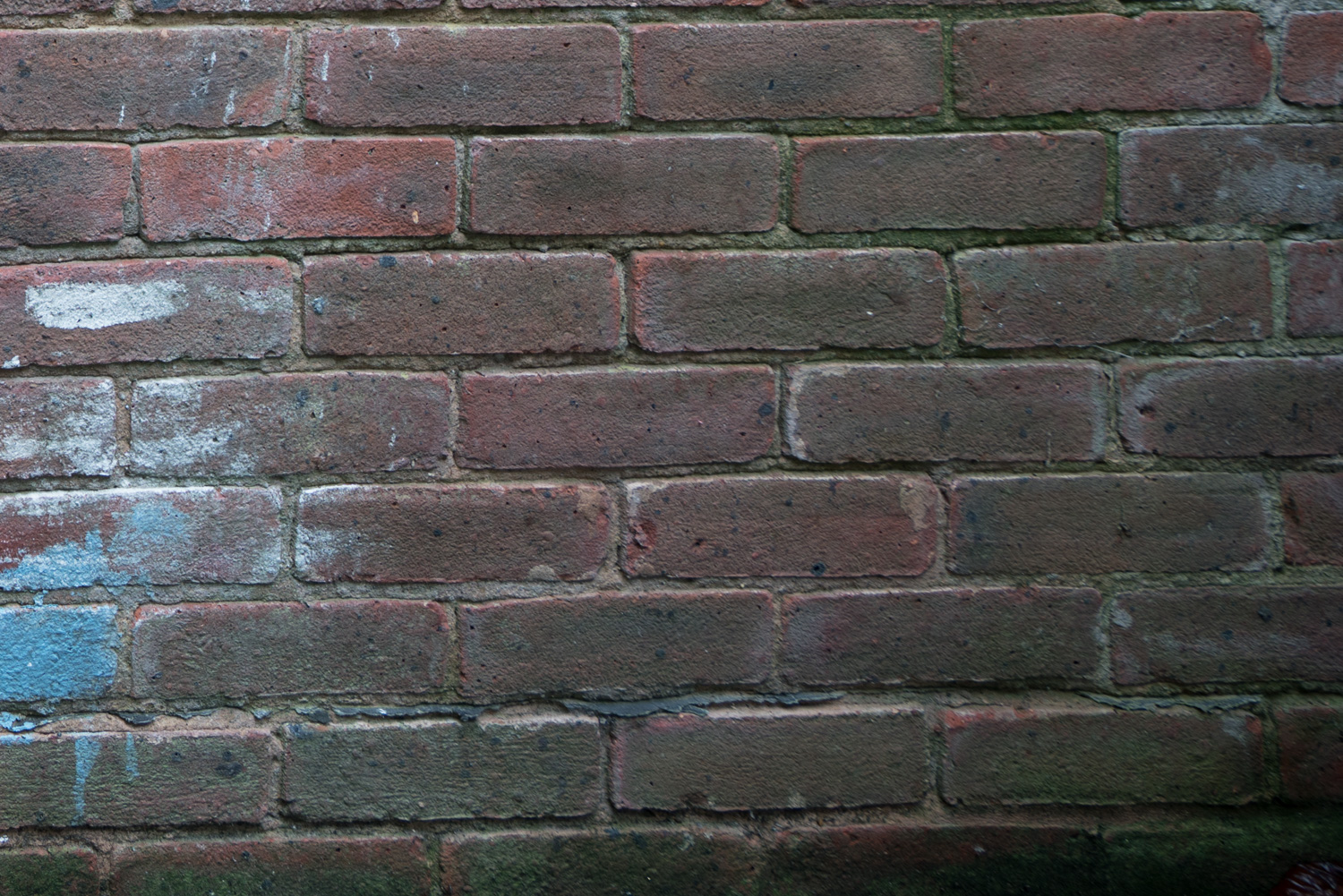
Sony Zeiss 16-35mm f/4 FE OSS (Left), Sony 16-35mm f/2.8 GM (Right)
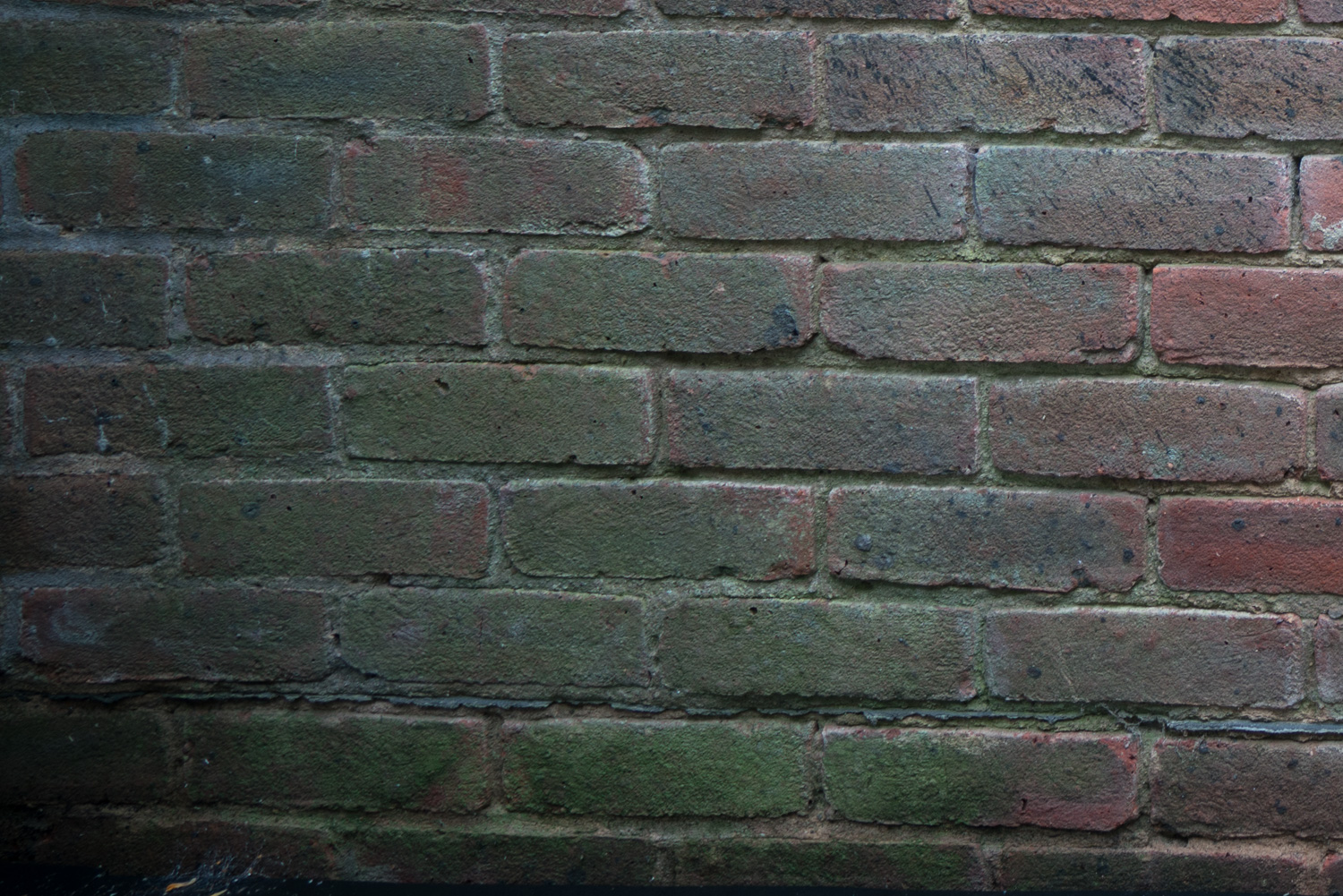
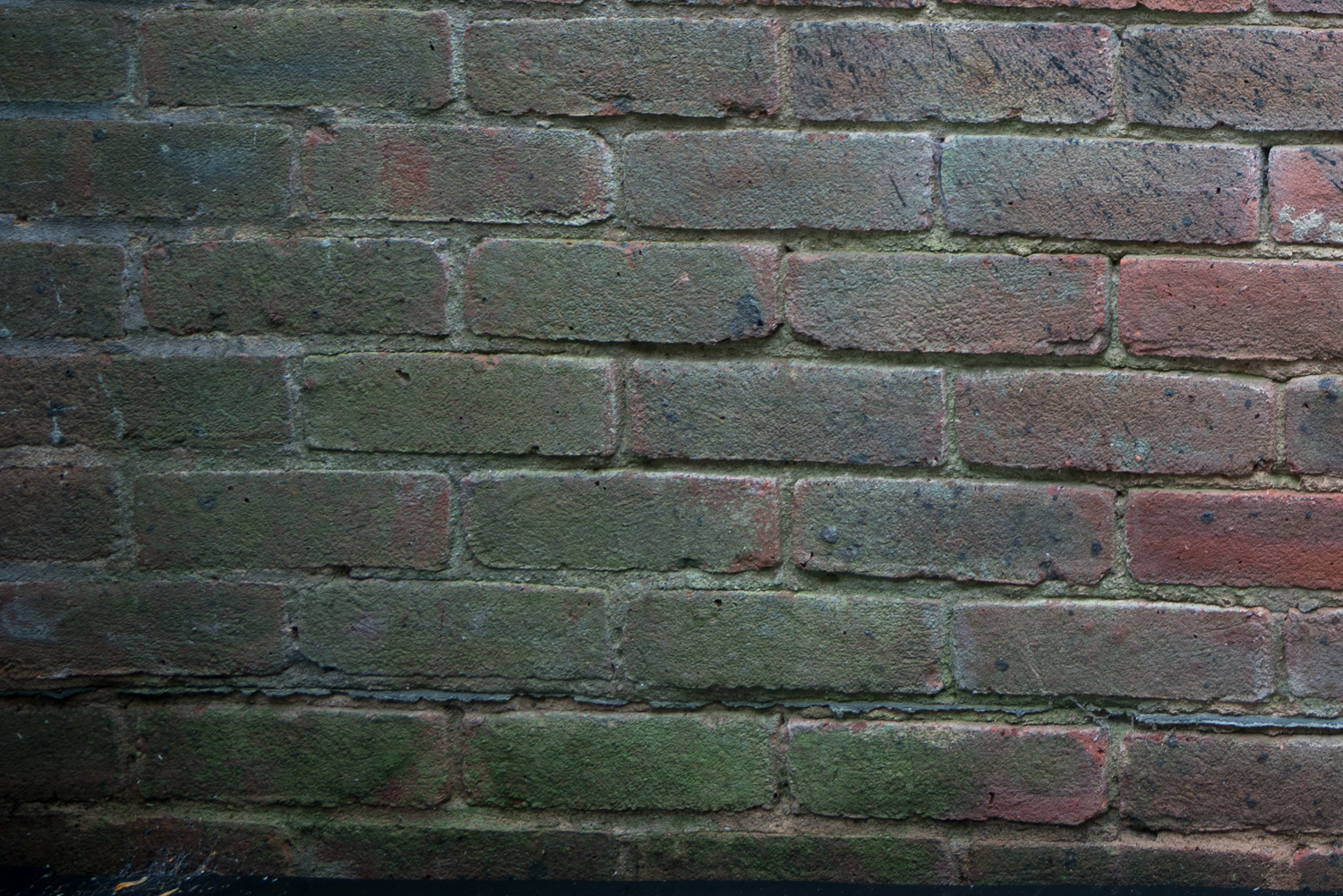
Sony Zeiss 16-35mm f/4 FE OSS (Left), Sony 16-35mm f/2.8 GM (Right)
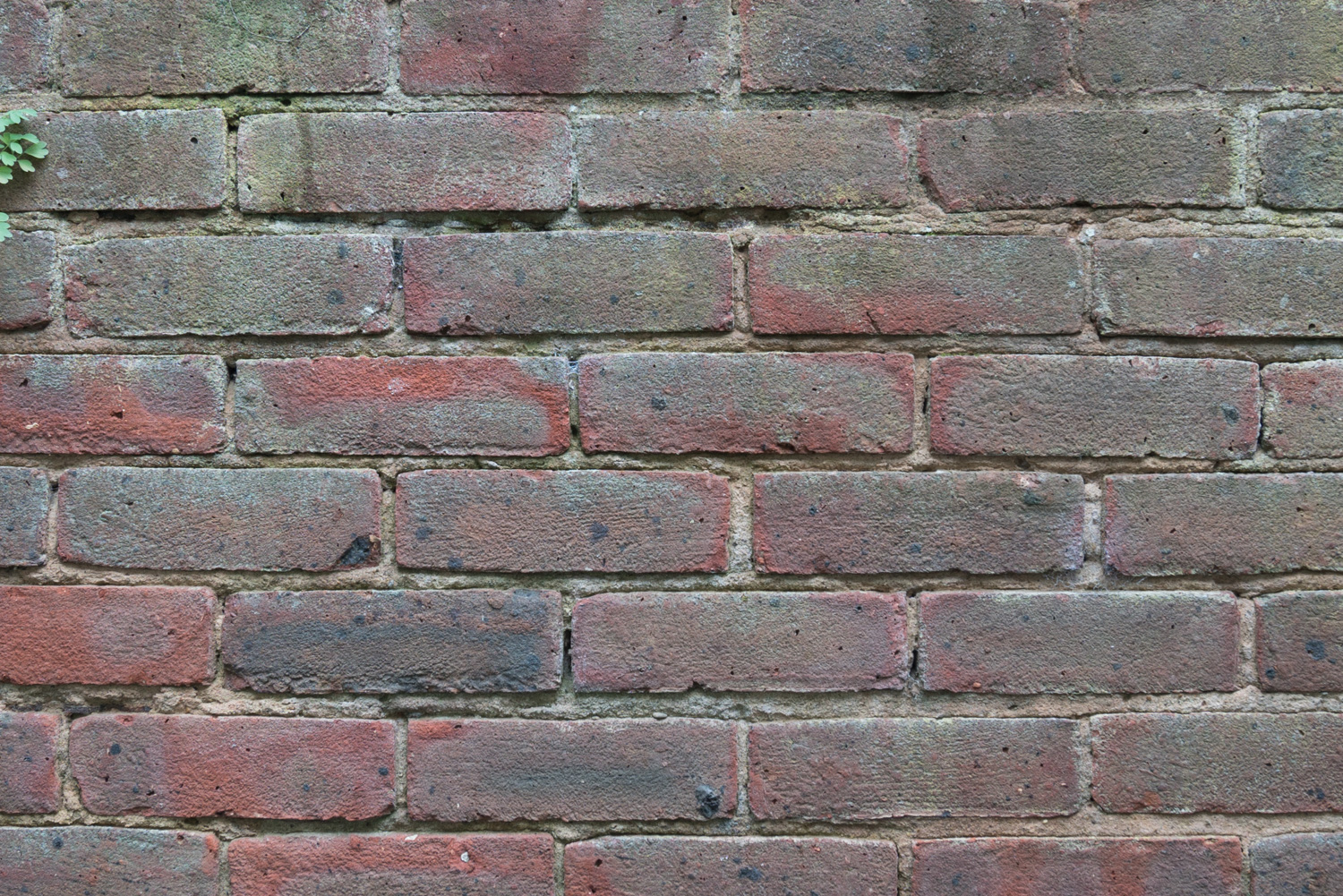
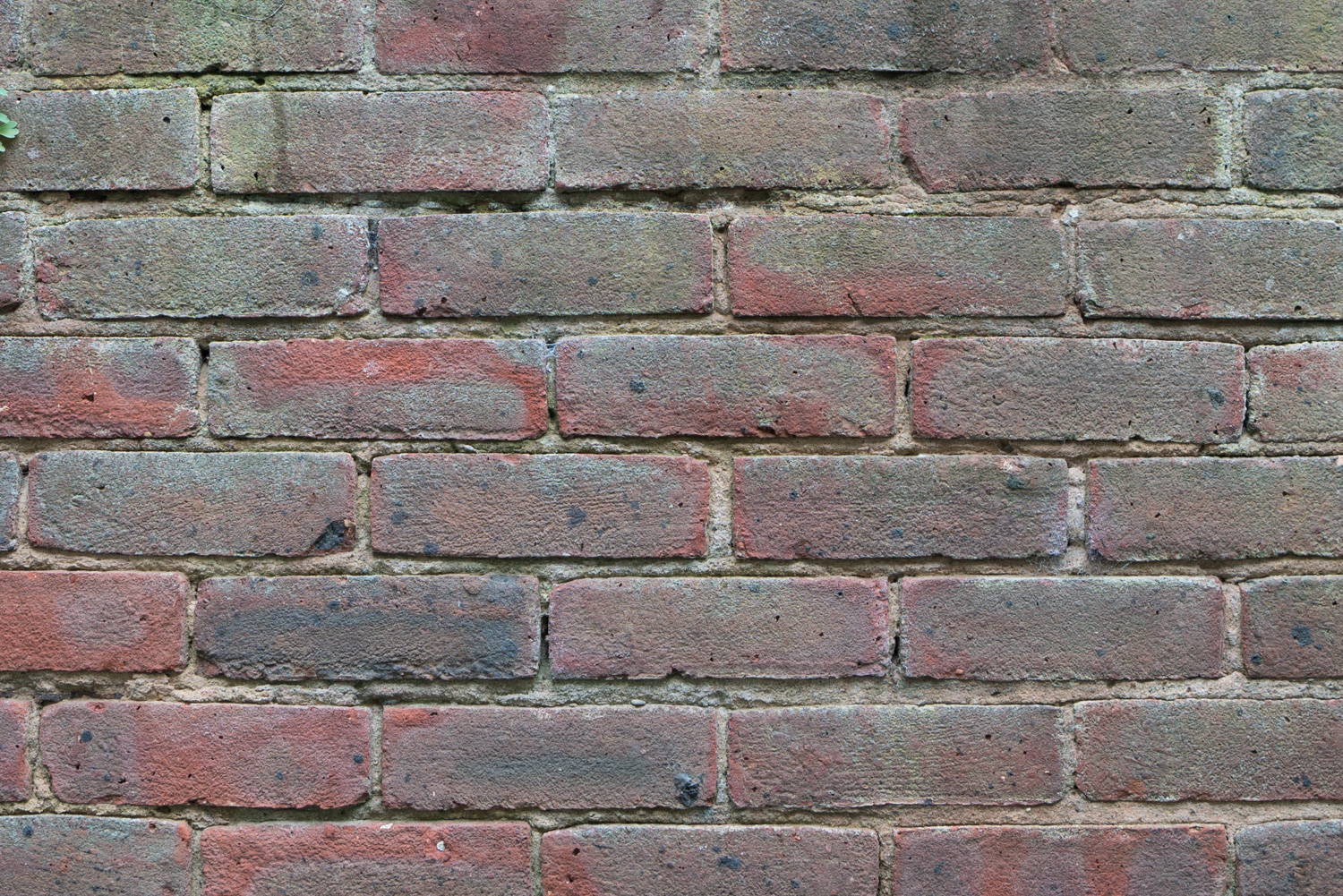
Sample Images
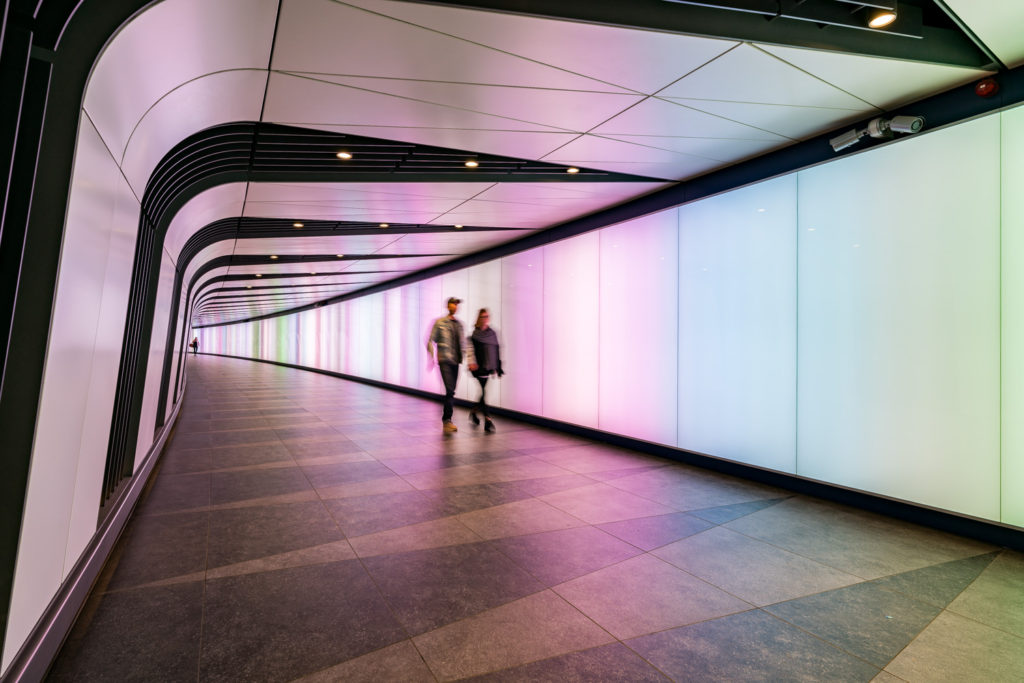
Sony A7R II w/ Sony 16-35mm @ 1/5sec, f/7.1, ISO100 (LR Processed)


Sony A7R II w/ Sony 16-35mm @ 1/2sec, f/7.1, ISO100
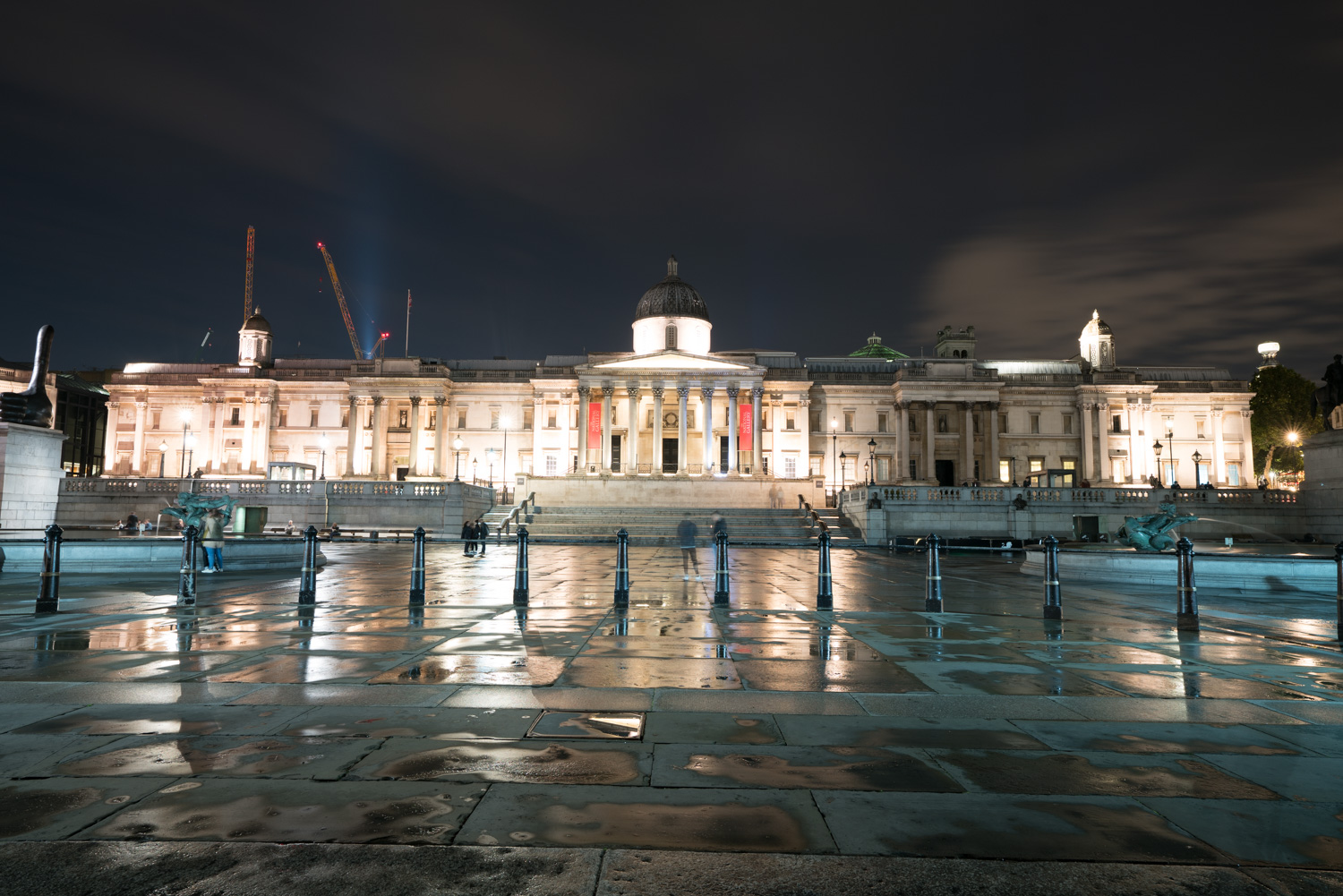

Sony A7R II w/ Sony 16-35mm @ 30sec, f/8, ISO100
Bokeh
Following on from the image quality discussion, bokeh deserves its own section.
This is a general thing for me as I love bokeh and shoot wide open where possible, but on an ultra wide angle lens I’m never really too concerned with bokeh.
However, at 35mm f/2.8 you can get some decent looking shallow depth of field shots so this lens can be a great holiday lens as it suits the ‘standard’ 35mm focal length with decent low-light and can zoom out quickly to the ultra wide 16mm. So bokeh on this lens may be of some importance to some people.


Sony Zeiss 16-35mm f/4 FE OSS (left) vs. Sony 16-35mm f/2.8 GM (right)
The Sony Zeiss 16-35mm f/4 maxes out at f/4, where the GM opens up to f/2.8. You can see there is a signicant difference with DOF.
The camera was also setup on a tripod both at 35mm focal length but the framing does change slightly and that is due to the focus breathing on the GM.
But to compare f/2.8 vs. f/4 is a bit unfair and the f/2.8 will always win with bokeh. So to match both shots at f/4, we can compare the bokeh below.


Sony Zeiss 16-35mm f/4 FE OSS (left) vs. Sony 16-35mm f/2.8 GM (right)
Due to the focus breathing, it looks as if the Sony Zeiss has an ever so slightly shallower DOF. However, the actual bokeh rendering does appear to be softer on the GM. Considering the GM is the sharper lens overall, this is impressive indeed.
Disclaimer
Unfortunately I didn’t have too many opportunities to go do some serious landscape or architectural shots with this lens, so a lot of my testing was the classic brick wall test. However, I did get to use the lens a little and the sample images ago do show similar IQ results to those found in the brick wall tests.
I didn’t include all the image quality tests with each focal length and aperture due to the fact the review would become tedious. However, I did examine the shots and based my opinions of those.
If you would like to review these images for yourself, I would kindly ask you follow my instagram page @leophoto and send me a DM with your email address. I’ll be happy to send the high resolution RAW files via WeTransfer so that you can inspect for yourselves.
Conclusion
As mentioned earlier, I value a wider focal length over a faster aperture, so depending whether you need the f/2.8 or not, that will help you decide.
However if you’re basing your considerations of each lens because you’re shooting around the 16mm-24mm focal range at f/8, then personally I would opt for the 12-24mm f/4 as it’s smaller, lighter, almost as sharp, has less distortion and is cheaper.
But if you’re after maximum sharpness with the option to also use the lens as a standard ‘walk-around’ lens, the 16-35mm f/2.8 GM is probably the better option for you as it does reach a more standard 35mm focal length and has an f/2.8 aperture.
However, be aware the price difference is significant!
Overall, I am still leaning towards the Sony 12-24mm f/4 G as my choice, but again, it’s down to personal preference to what advantages the lenses offer you.
If you were considering the Sony Zeiss 16-35mm f/4 FE OSS as an option, then the only reason why I can see you choosing this lens is the price.
You usually opt for f/4 to get a lighter setup, but with how Sony have managed to open up the aperture to f/2.8 but keep the weight down, so the ‘weight’ factor is redundant to me seeing as it’s only 162g heavier. To give context, it’s lighter than iPhone 8+ (202g).
The GM is significantly sharper across all focal lengths and from corner to corner and it’s brighter!
The Sony 16-35mm f/2.8 GM overall is a stellar performer with great sharpness, contrast and bokeh. So I feel Sony has got a winner with this lens in terms of performance. Although it does have a few issues when uncorrected via software, the in-camera lens correction profile does a good job with the JPGs and likewise the profile corrections in LR are available.
For review purposes and discussing whether you should buy it, it highly depends your needs and for me personally I think I’ll opt for the Sony 12-24mm f/4 instead. I do have uses for this Sony 16-35mm f/2.8 GM lens, but as the 12-24mm is cheaper and more useful to me more often, that is the lens for me!
Let me know which lens you opt for and how you find the Sony 16-35mm f/2.8 GM.

